Early July 2018 (1st-10th)
/Carrying over from June, high temperatures and extreme humidity brought this expectedly uncomfortable weather into early July, but thanks primarily to a tropical system, we did experience a lovely cooldown for the latter half of the reporting period. On 7 Jul, strong northeast winds began buffeting our coastline as a low pressure cell churned counterclockwise to the south of Cape Hatteras, being quickly upgraded to Tropical Depression #3, then temporarily to Tropical Storm Chris on 8 Jul before attaining hurricane status on 10 Jul. The associated winds brought a much-needed cooldown to the region, keeping daily high temperatures in the 70s through the remainder of the period. Additionally, the direction of airflow provided for some suitable shorebird habitat, and we started to see the rudimentary beginnings of the fall migration, right on time! Top records for early July in Virginia Beach included first-of-year reports for WILSON’S STORM-PETREL, new unseasonal reports for PIED-BILLED GREBE and continuing reports for TUNDRA SWAN and AMERICAN COOT. Additionally, we saw early first-of-season arrivals for BLACK-BELLIED PLOVER, as well as on-time arrivals for SPOTTED SANDPIPER, GULL-BILLED TERN, SHORT-BILLED DOWITCHER & LEAST SANDPIPER.

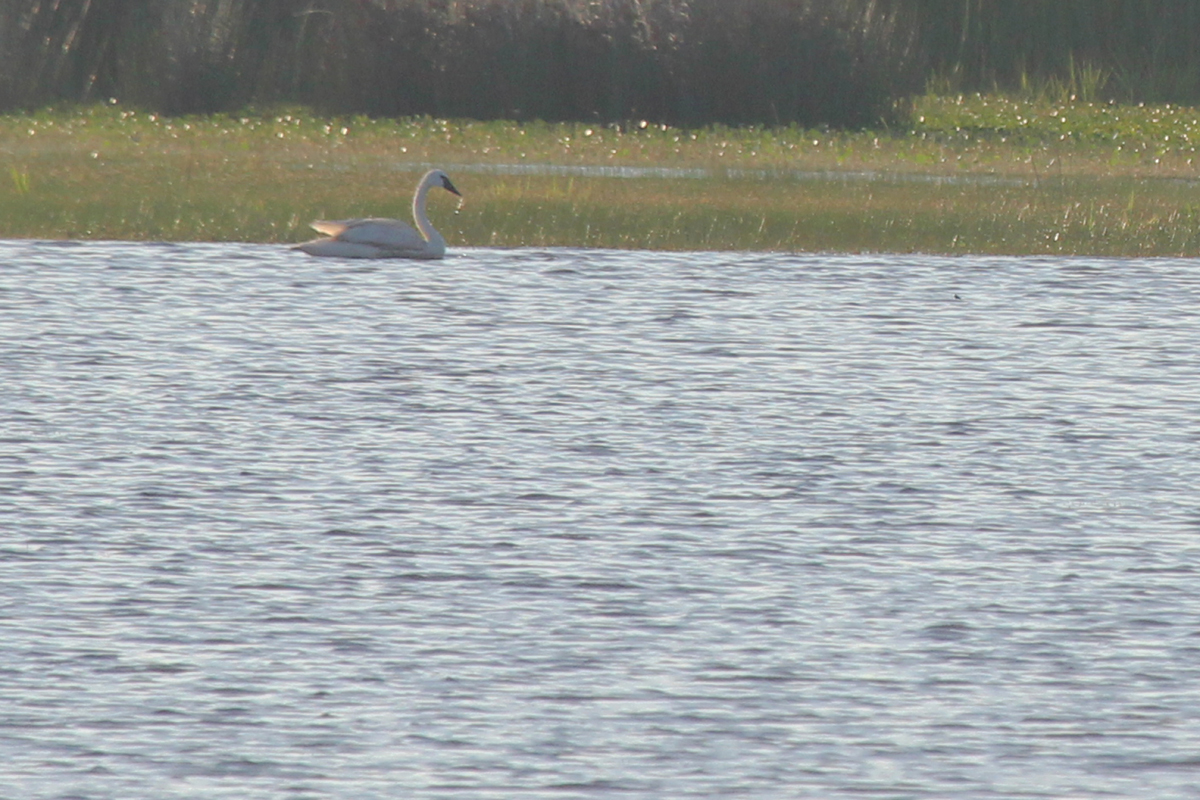
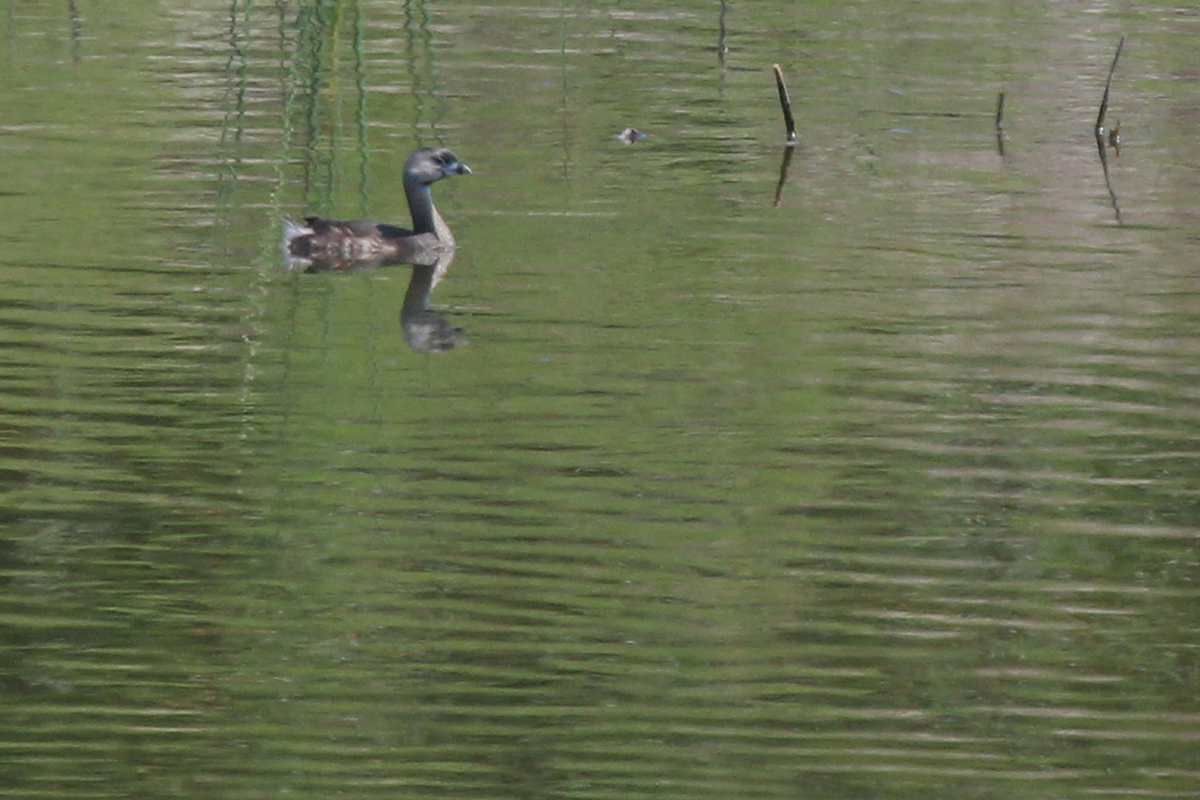
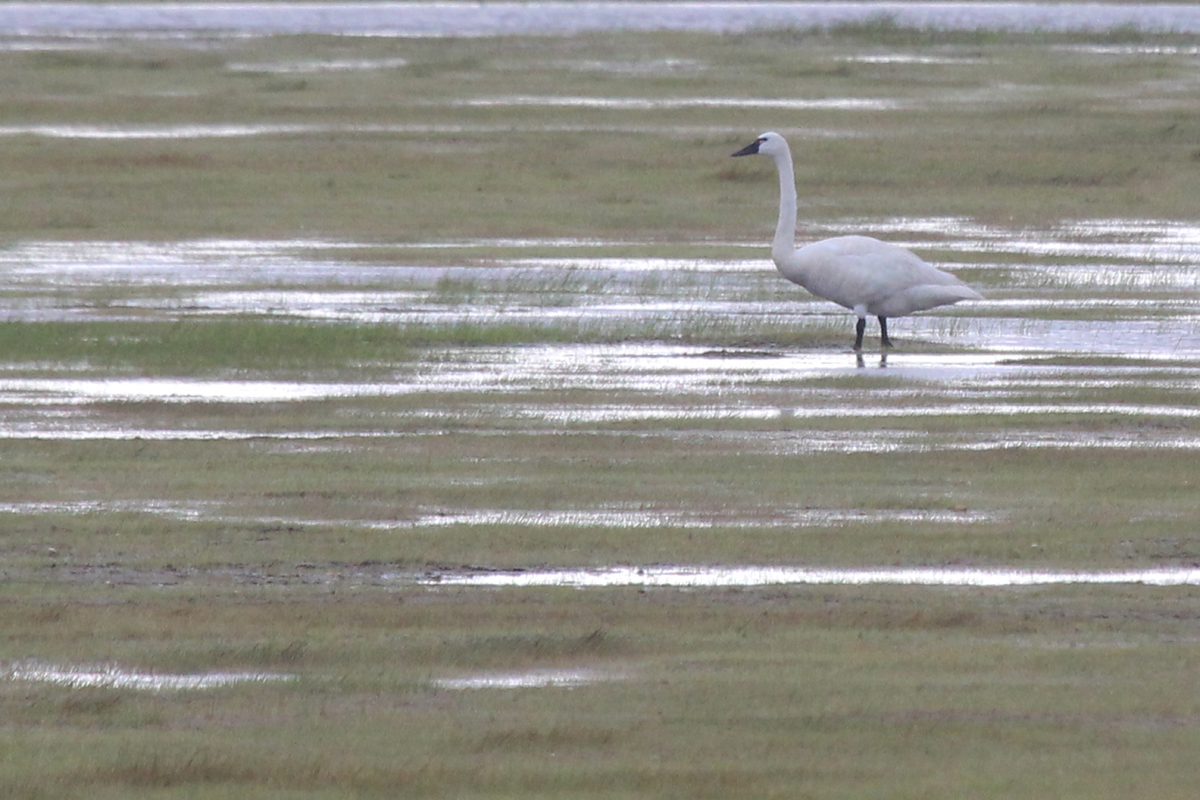
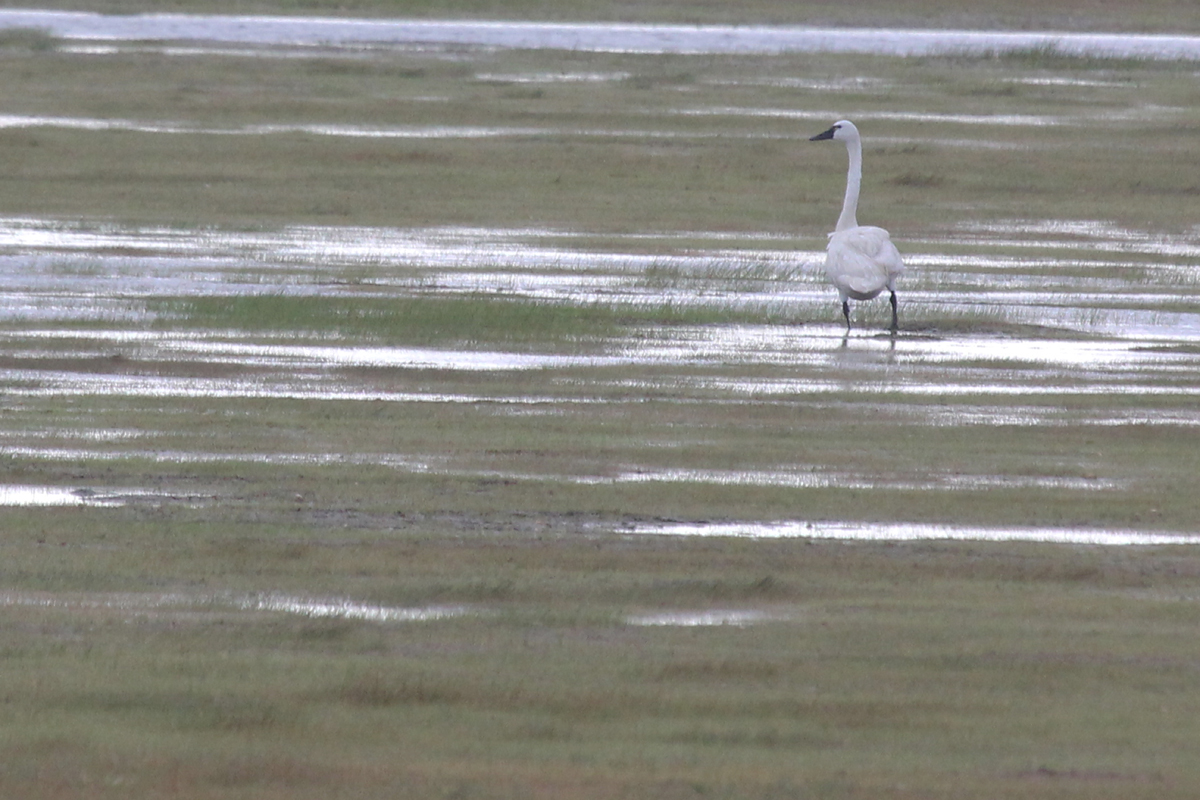
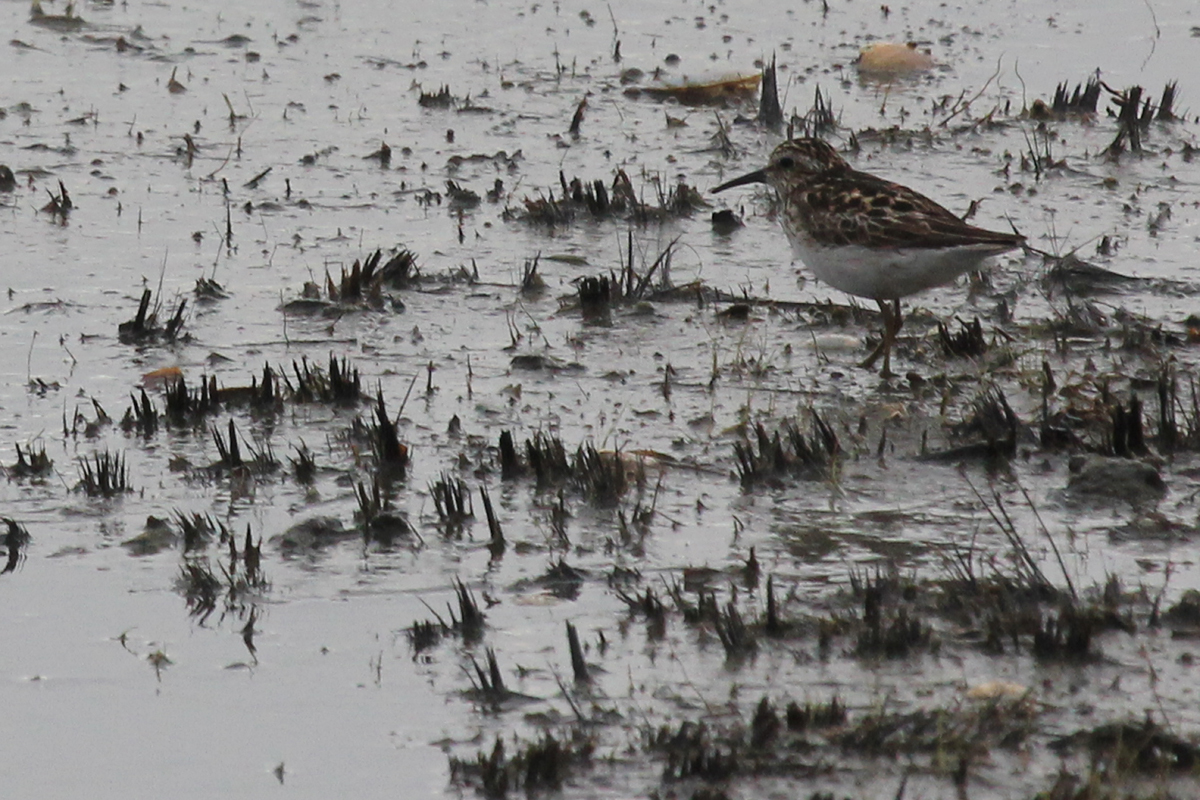
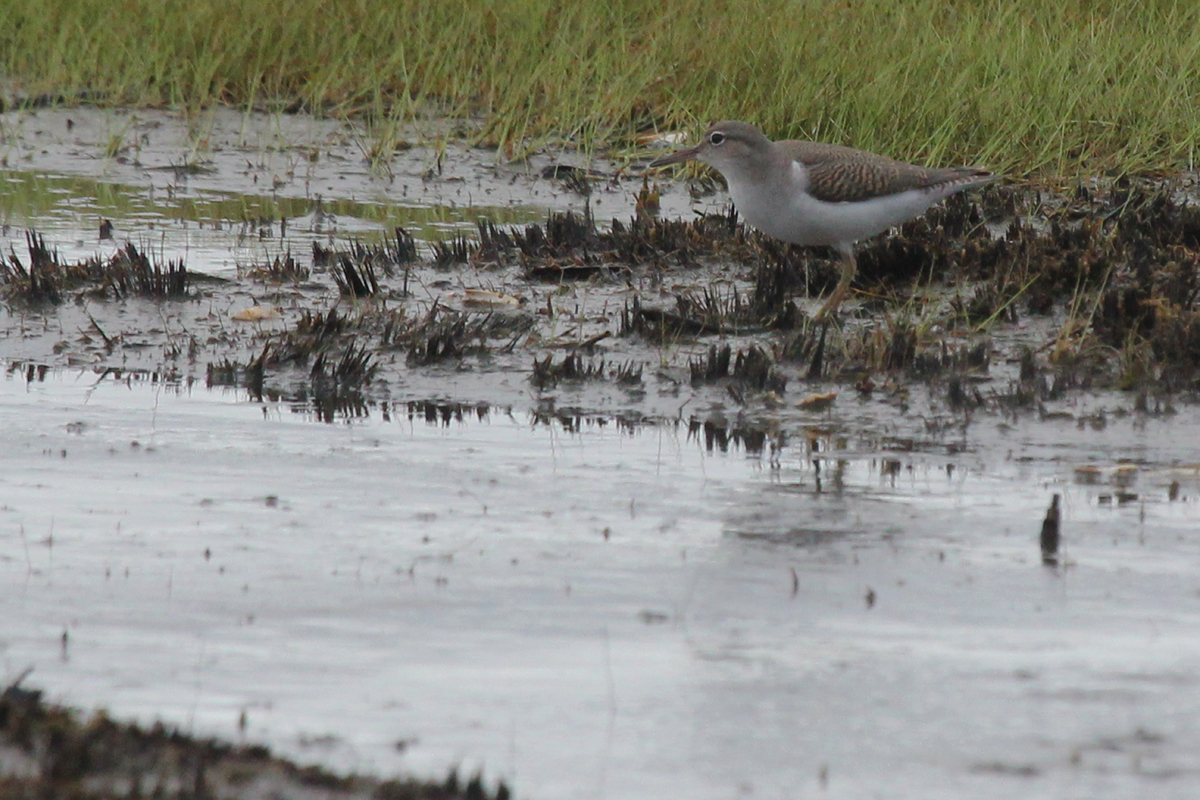

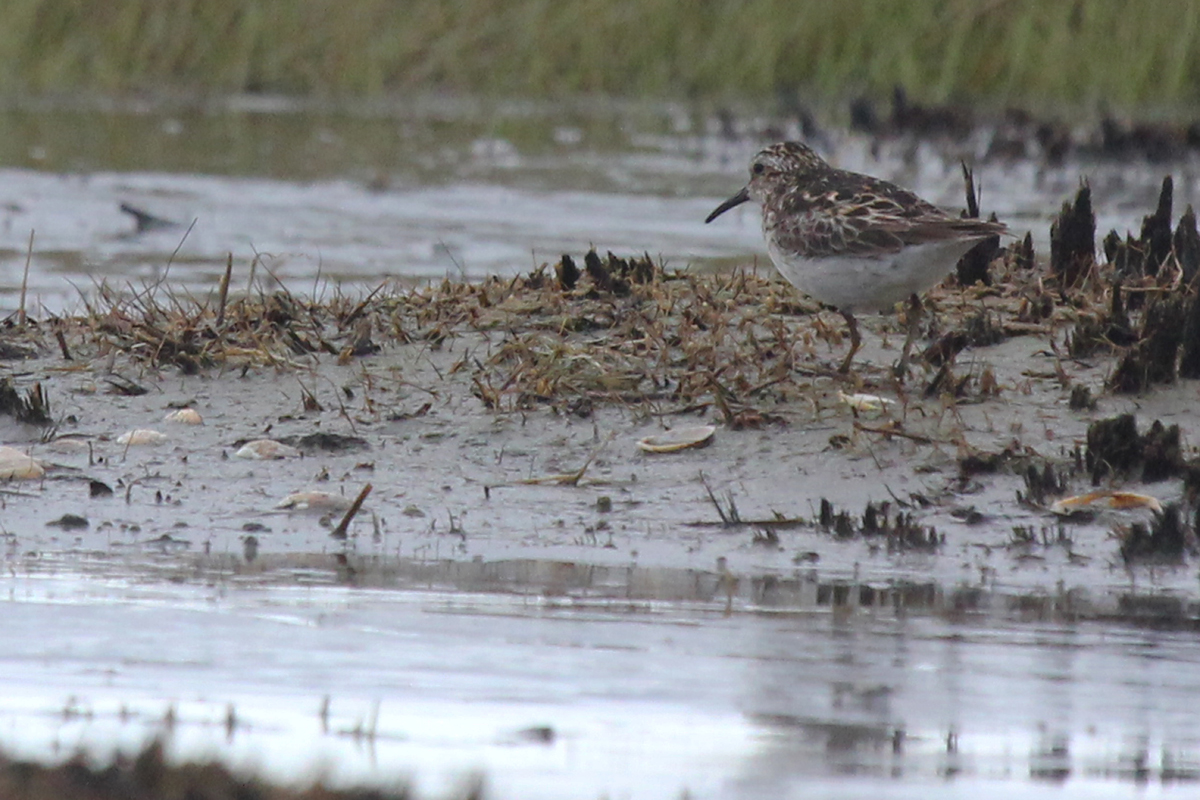

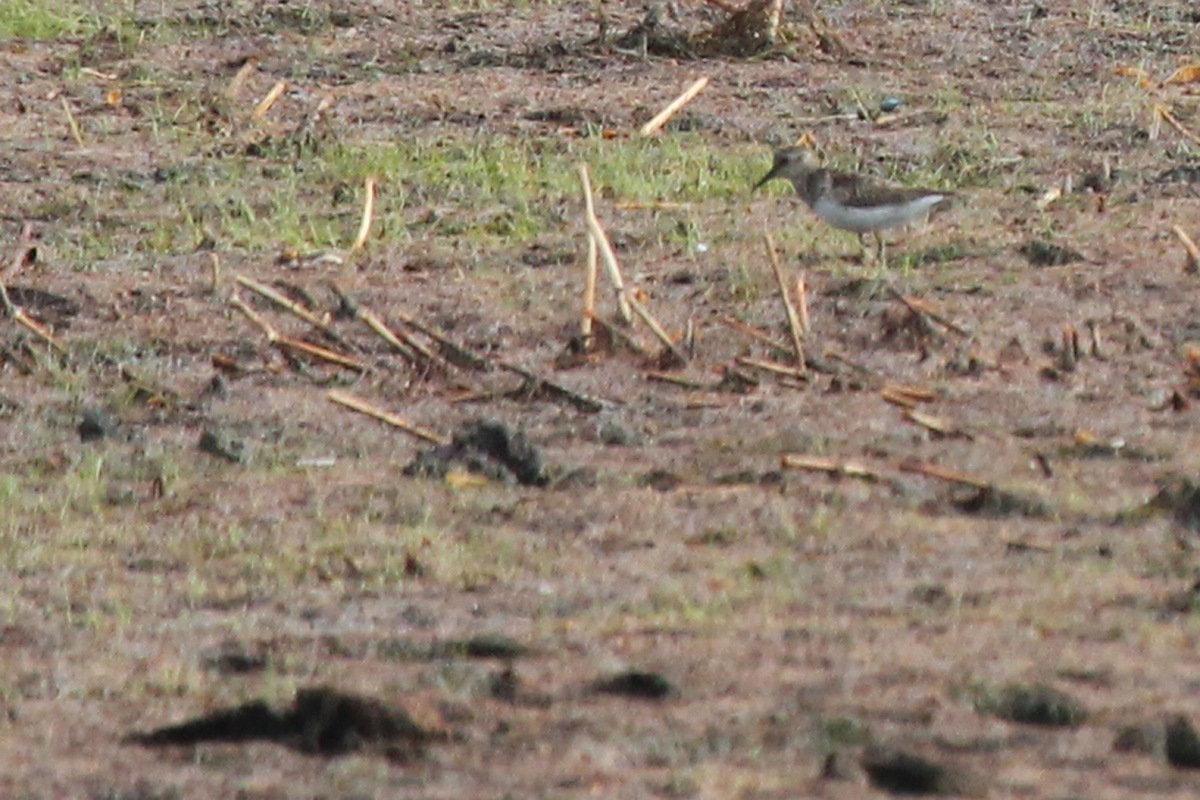
Two reports of WILSON’S STORM-PETRELS surfaced early on this period, with the first occurring 3 Jul off the coast of Cape Henry (obs. Andrew Hawkins), and an additional record the following day in the same general area during one of the Virginia Beach Aquarium boat trips (ph. Justin Fuller). This time of year, Wilson’s Storm-Petrels are annually observed entering the mouth of the Chesapeake Bay, but are much more easily viewed while at sea. Shore-based observations are much more difficult to come by and given that the vast majority of eBird checklists in Virginia Beach come from land-based observers, this species needs to flag as a rarity to ensure only those in proper habitat are validated into the public database. Essentially, the farther offshore one goes during the summer, the more members of this species likely to be encountered. Many of our land-based records come from the first island of the Chesapeake Bay Bridge-Tunnel, however, that formerly public space has been closed to construction since the end of October 2017. Fort Story JEB, and the beaches of the North End (roughly 80th Street and north) tend to produce a couple of records each summer, so these are worthwhile stops if you can’t find a boat to get you offshore. Usually, records line up pretty well with easterly or southeasterly winds that help drive these tiny seabirds in closer to land. Of course, birding the coastline in the wake of tropical cyclones tends to be the best setup for finding them. Lacking that weather phenomenon though, the aquarium’s dolphin tours seem to be a productive, and cost effective, means to get into the proper habitat for this species, so it’s nice to have a public option to try for this species.
Unusual for early July, a single PIED-BILLED GREBE was discovered near Marina Shores in northern Virginia Beach on the third (ph. June McDaniels). This is a species that could potentially breed here in proper habitat, like the impoundments of Back Bay NWR, but tends to be very shy in the summer months and thus, difficult to record. Ironically, a Pied-billed Grebe was found 11 Jul 2016 at this exact location (obs. Andrew Baldelli) and one wonders if this could somehow be the same individual returning for a quick July stop. It appears likely that the 2018 individual was simply an early migrant rather than a breeder, as it was only observed through 4 Jul (obs. June McDaniels, ph. Rob Bielawski) at this location and no mate, or fledglings were observed unfortunately. Another individual was present on 25 Jun at Back Bay NWR, but otherwise, the last records for this species occurred all the way back on 7 May when an individual was viewed at Princess Anne WMA’s Whitehurst Tract. While we may have a stray record in the summer months, this is certainly a species that requires tracking in eBird, and requires well-documented records as a result.
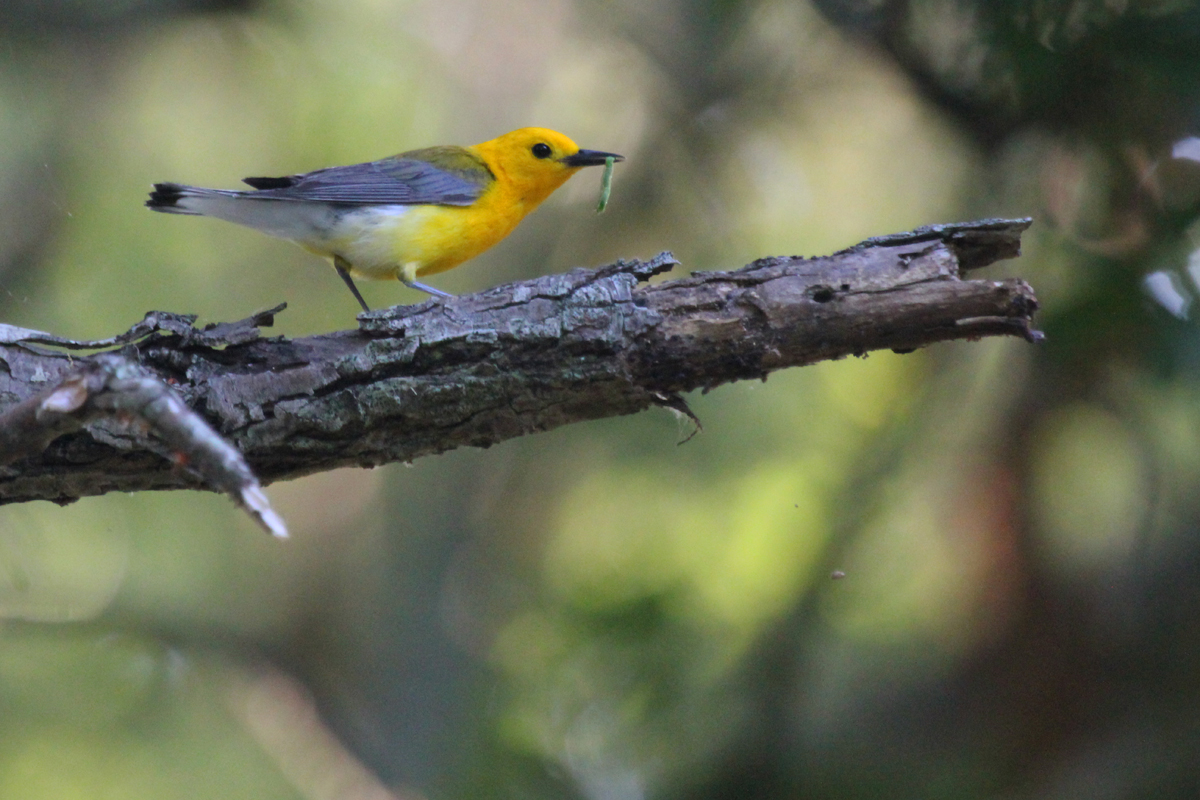

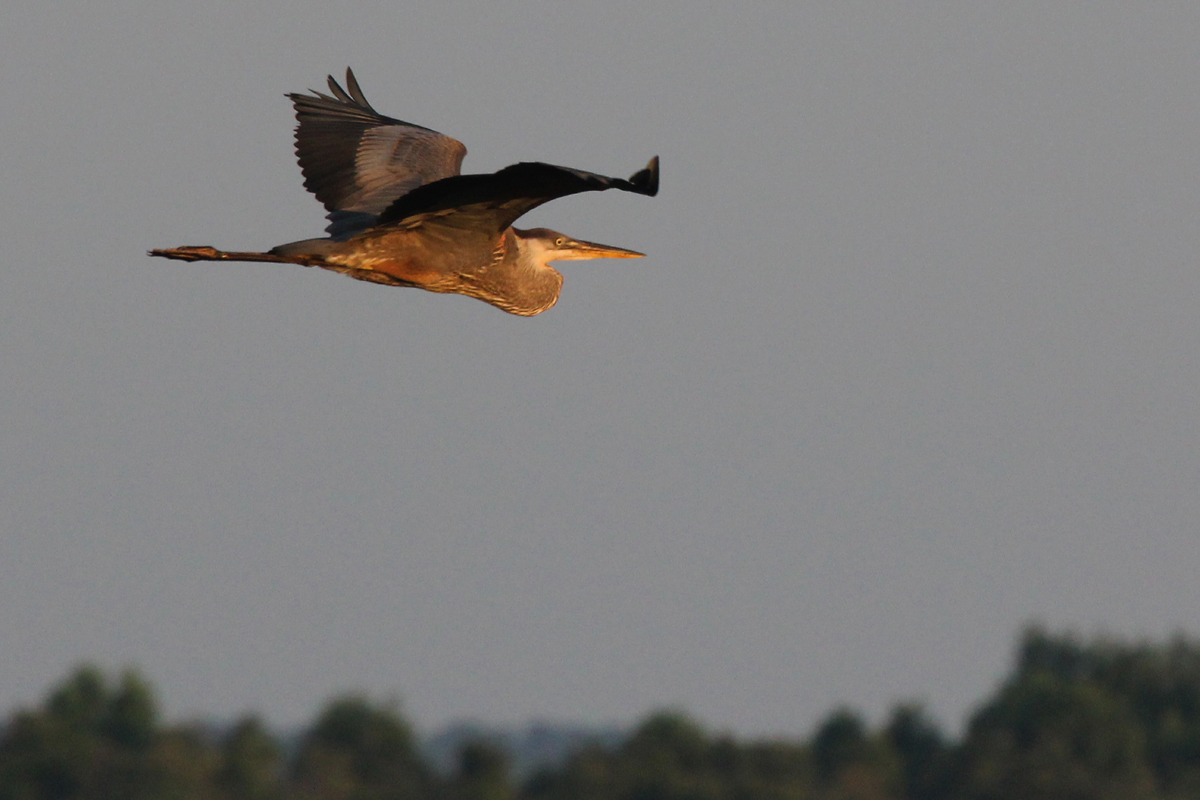
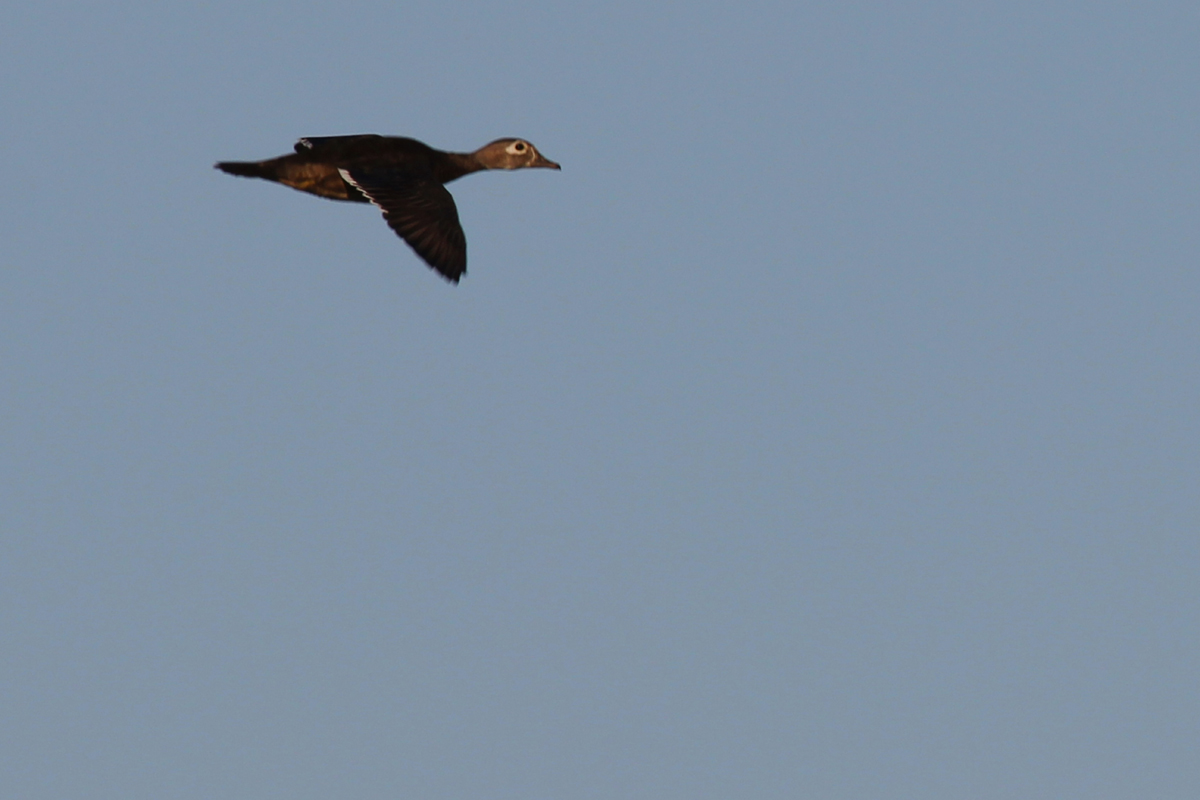
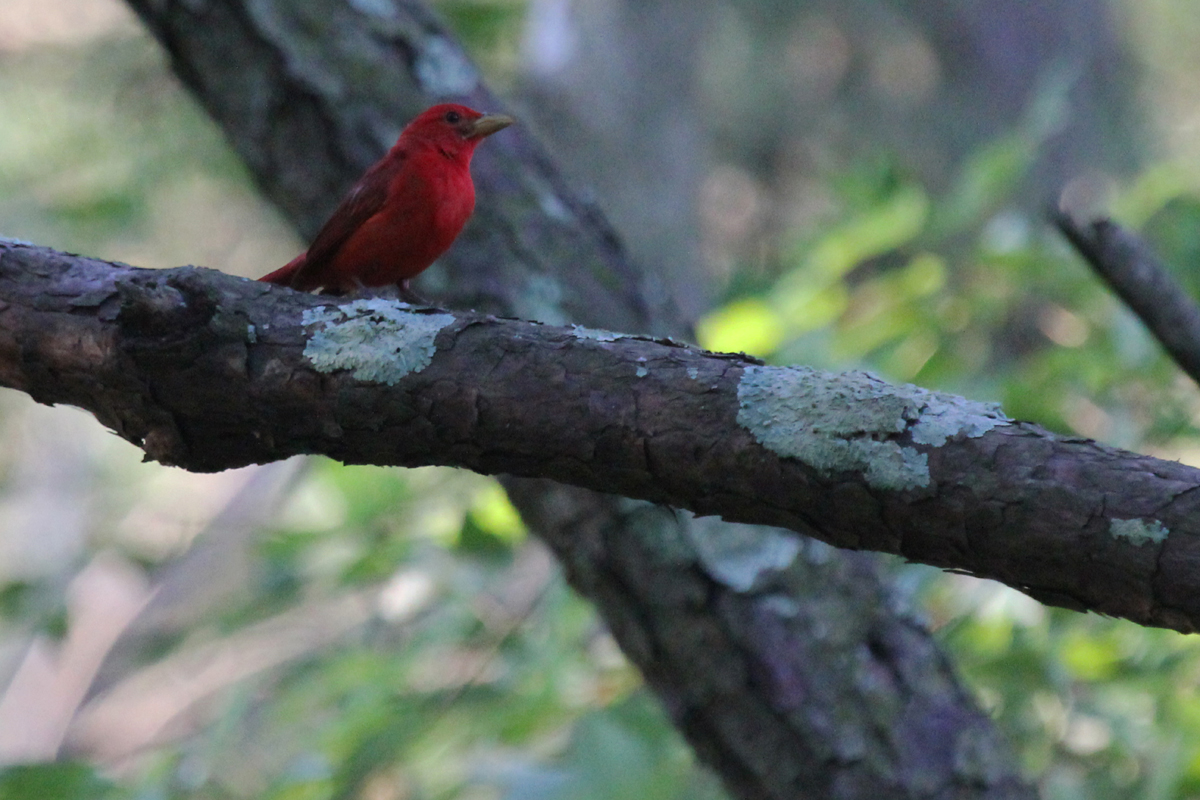
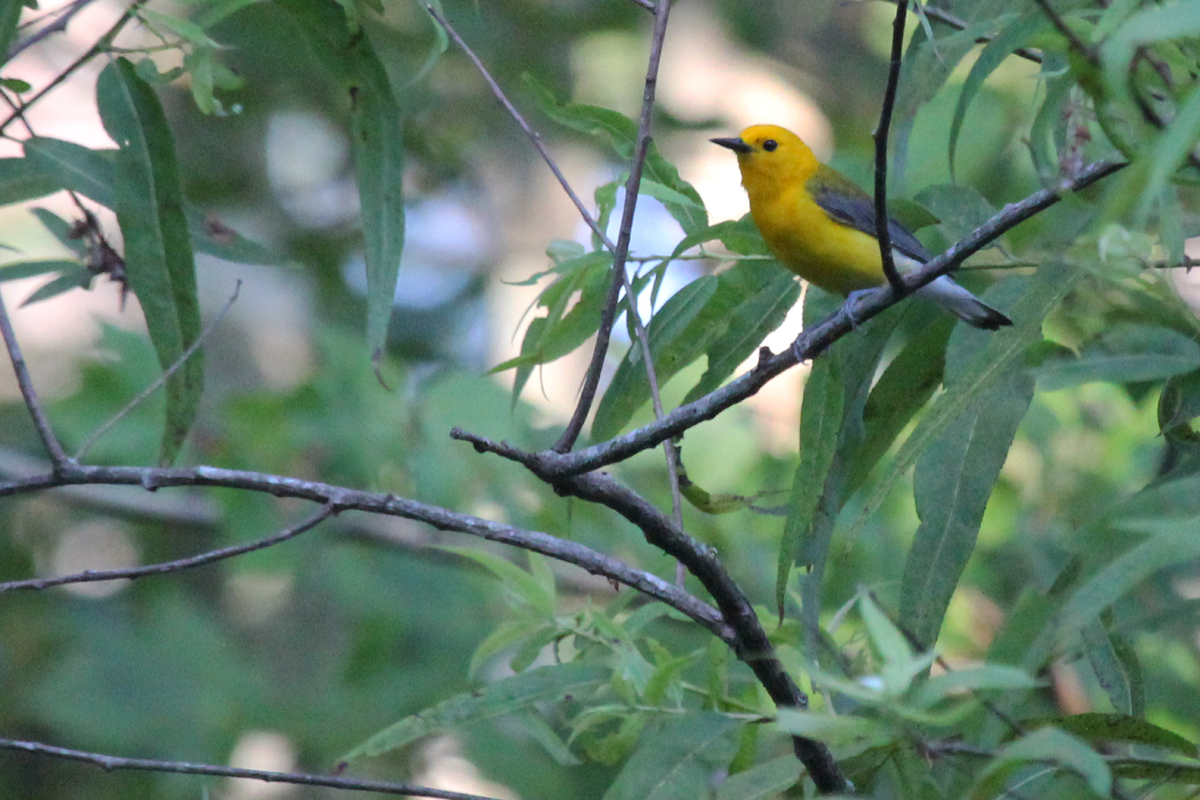


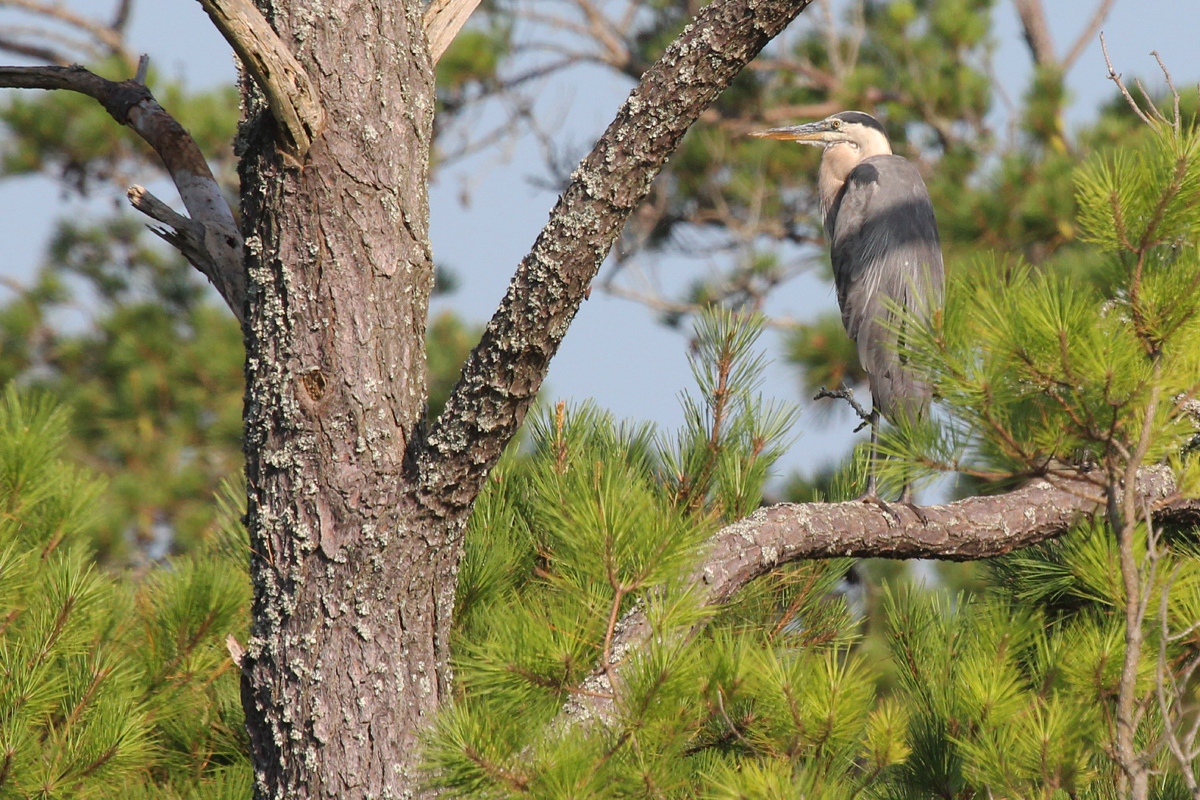
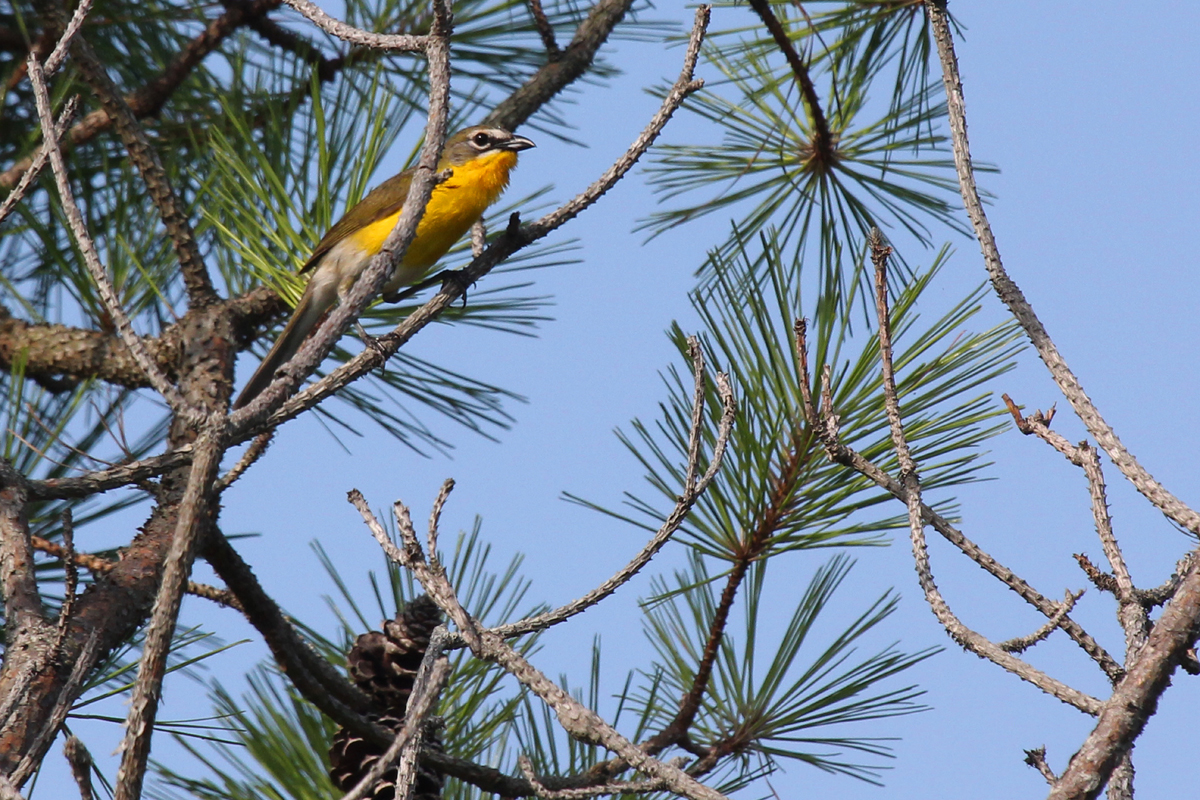
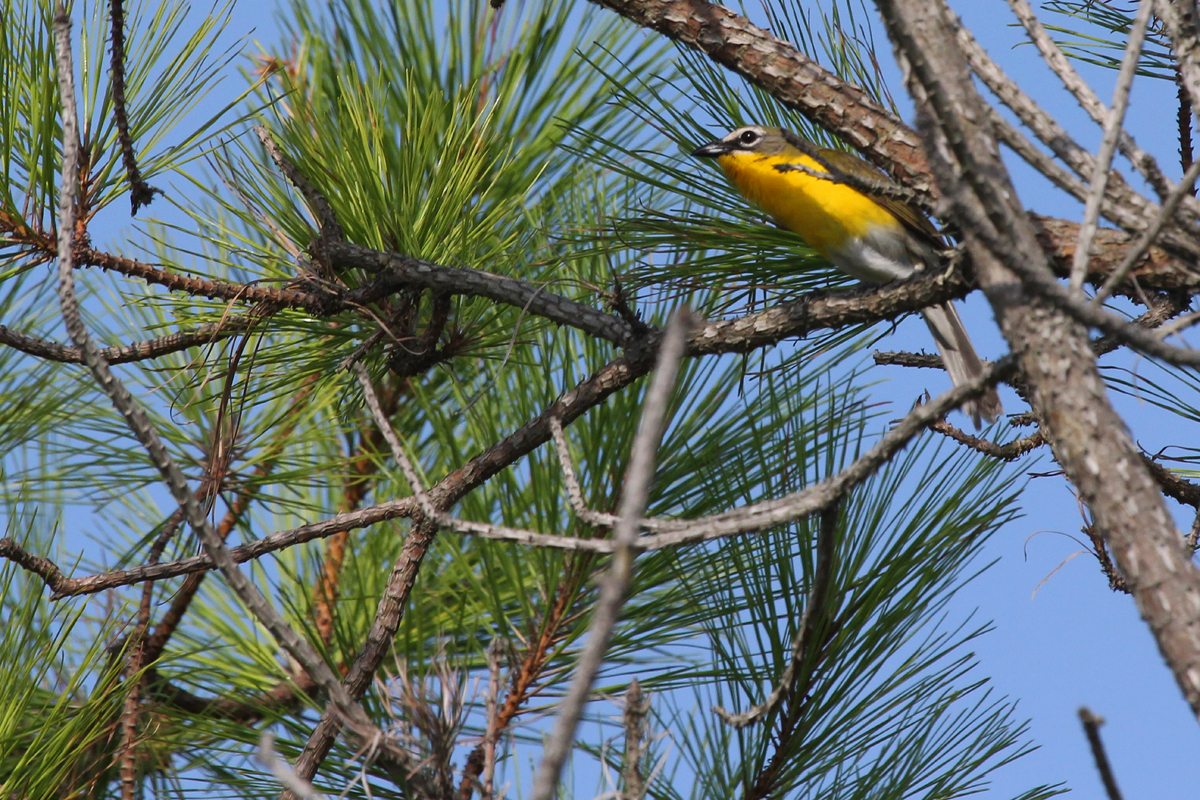
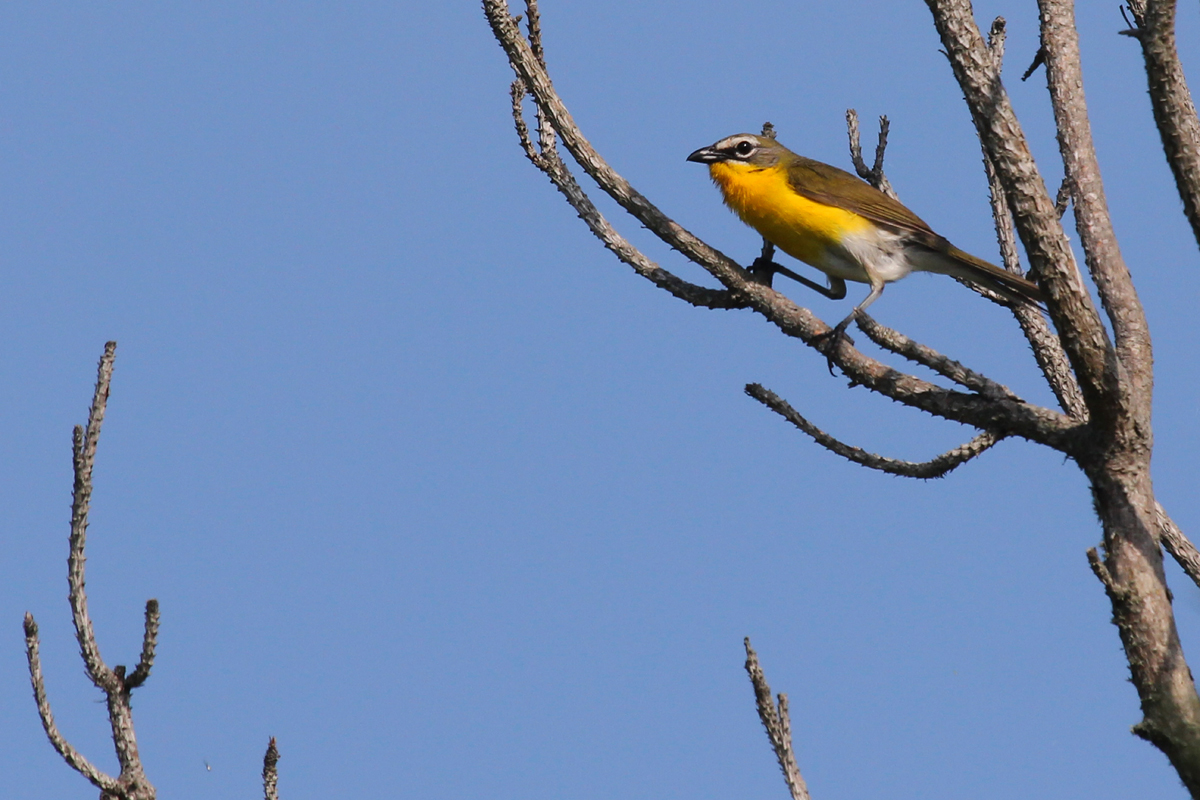
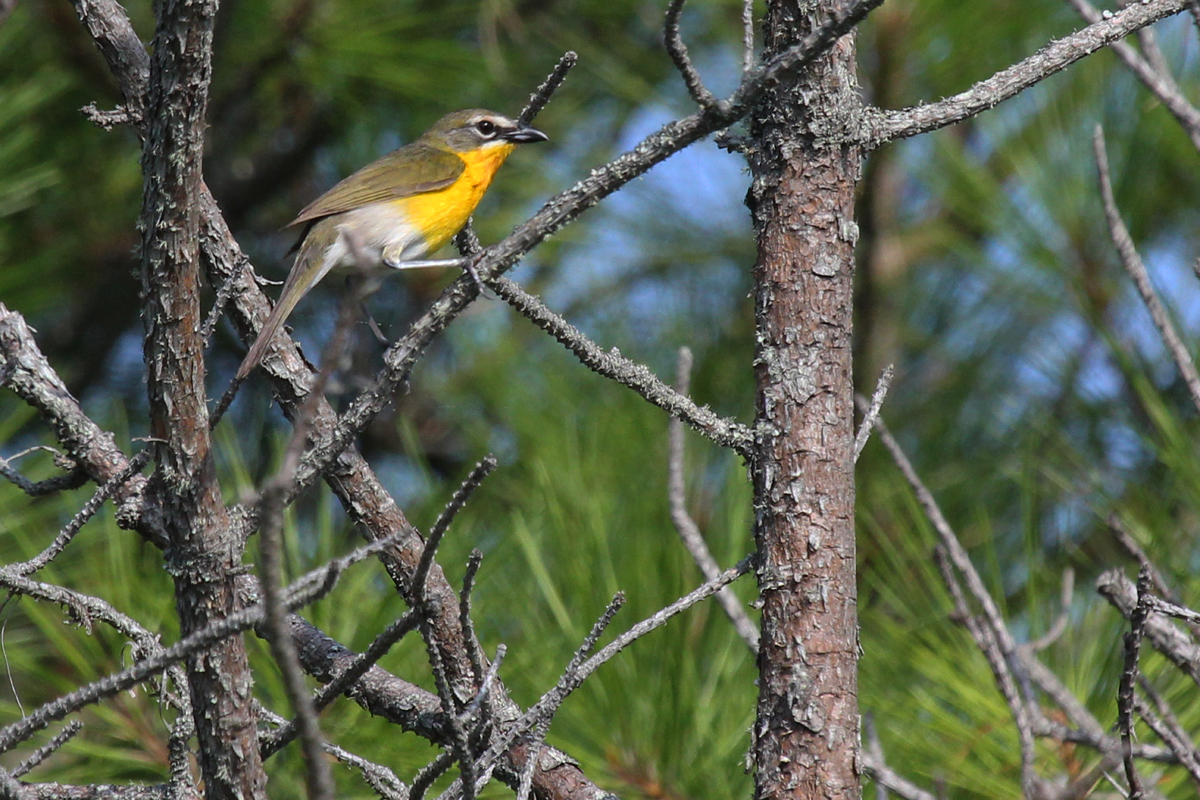
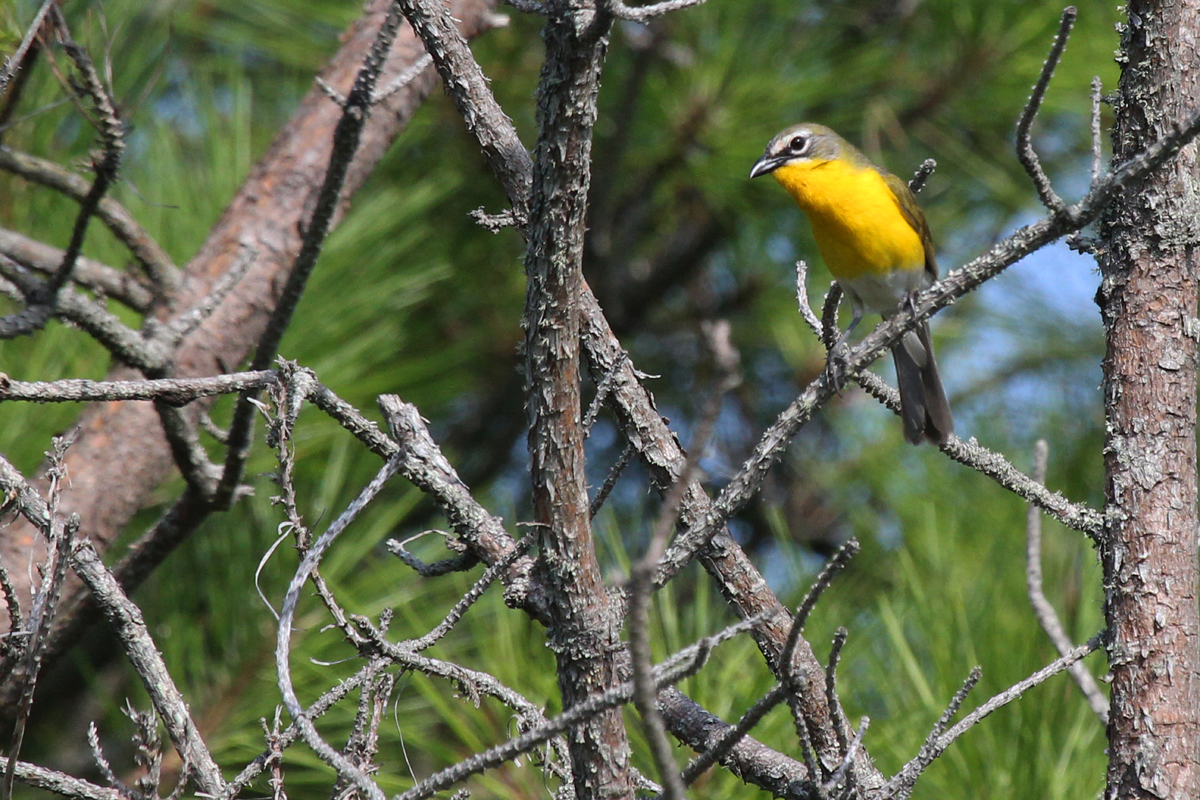
Making for a first ever July occurrence here for the species (according to eBird at least), the continuing TUNDRA SWAN at Back Bay NWR was detected throughout the reporting period, with documented photographs on 1 Jul (ph. Rob Bielawski) and on 8 Jul (also ph. Rob Bielawski), and a most recent observation on 9 Jul (obs. Andrew Baldelli). Since this individual continues to inhabitat the eastern fringe of the C Storage Pool, it has remained too distant from the public viewing area along the West Dike to confirm if an injury exists. However, it has long been presumed that it has a wing injury as Tundra Swans typically depart the region by early April, and if it were healthy enough to fly, it surely would have left long ago. Fortunately, the C Storage Pool has provided several grassy islands and deep water on the edges to keep this bird safe from would-be-predators, but with the strong northeast winds beginning 7 Jul, the waters of Back Bay, and by extension those of the pool, receded and left much of the area dry. With the water levels expected to stay low until the winds switch to southerly, it might allow for a predator to move in, but we’ll know more next period as to whether it has continued to linger or not. Interestingly there are no eBird records for this species between the period close date and 1 Sep in any past years, so each day this bird persists makes a small bit of history for those of us who obsess over such trivialities. Also nearby at the refuge, an AMERICAN COOT was reported during the early July impoundment survey on the 5th, but there is no detail provided regarding the identification details or the specific location where was observed. It’s possible, or even likely that the observation occurred on a non-accessible portion of the A, B, or C Pools given their habitat is perfect for an individual to summer within, but that’s just a guess on my part.
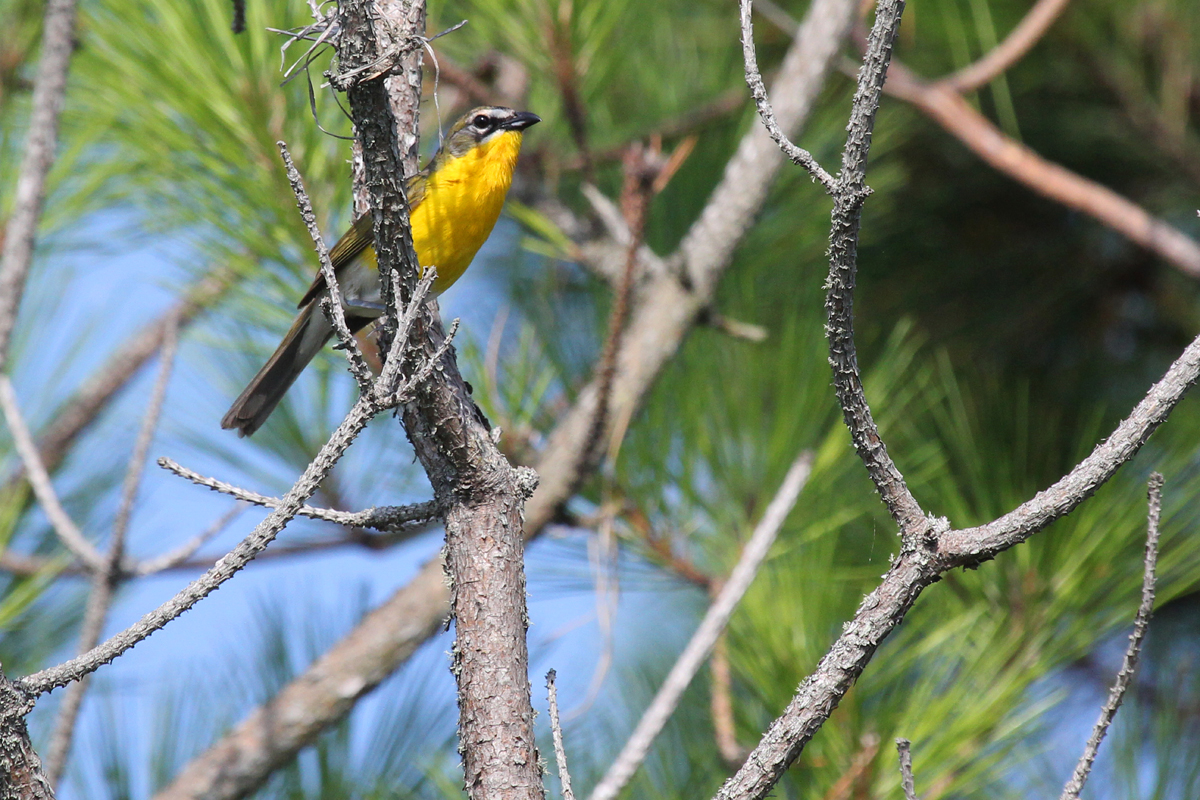
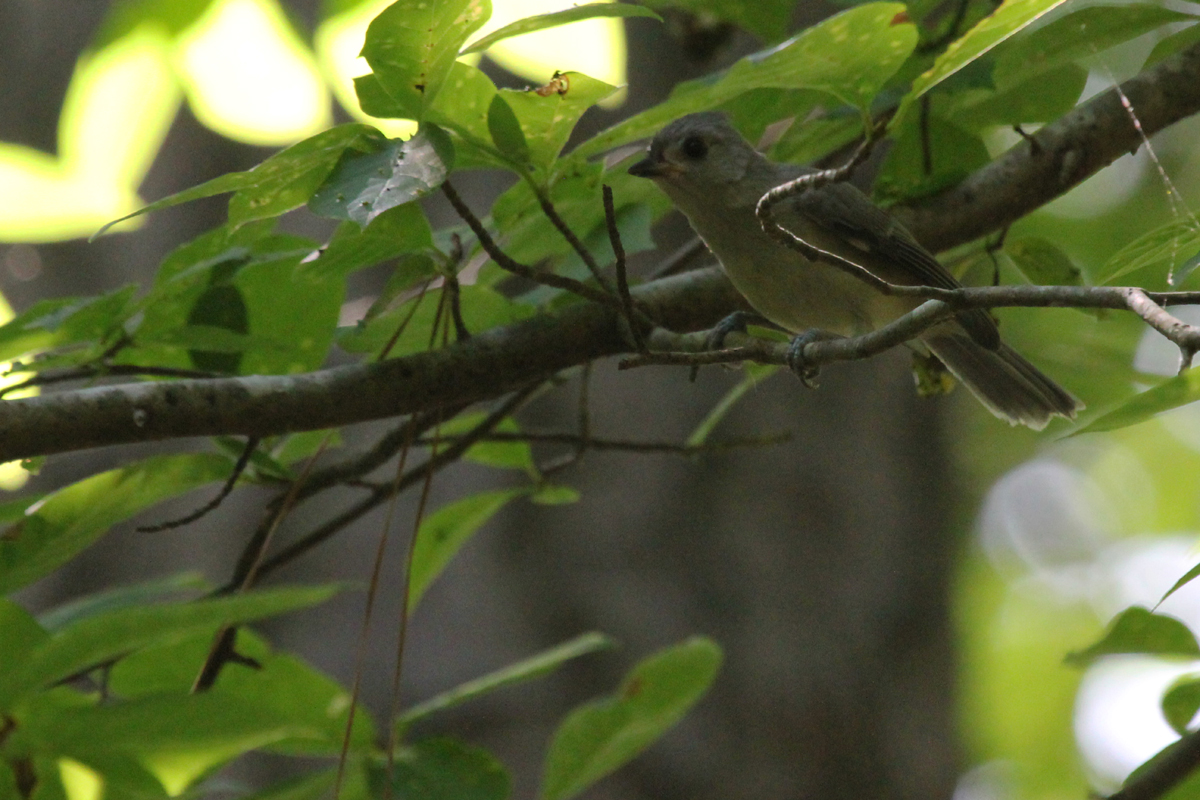
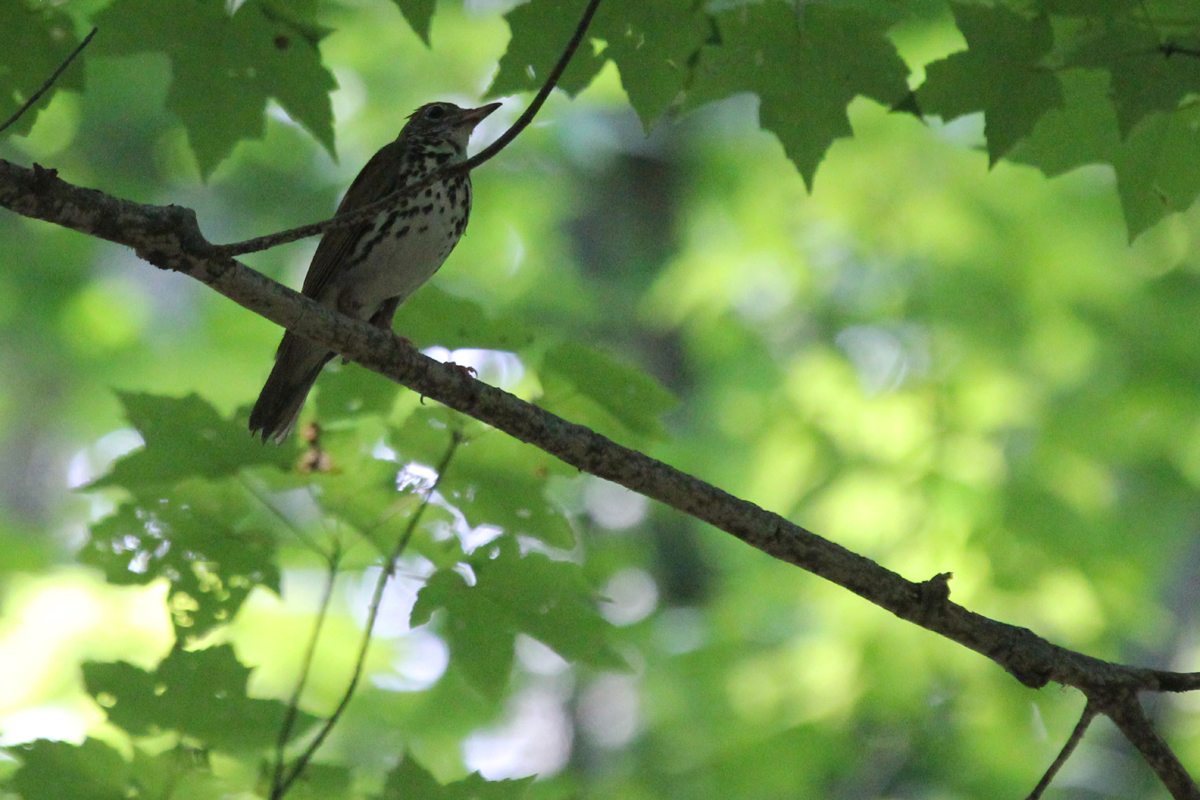
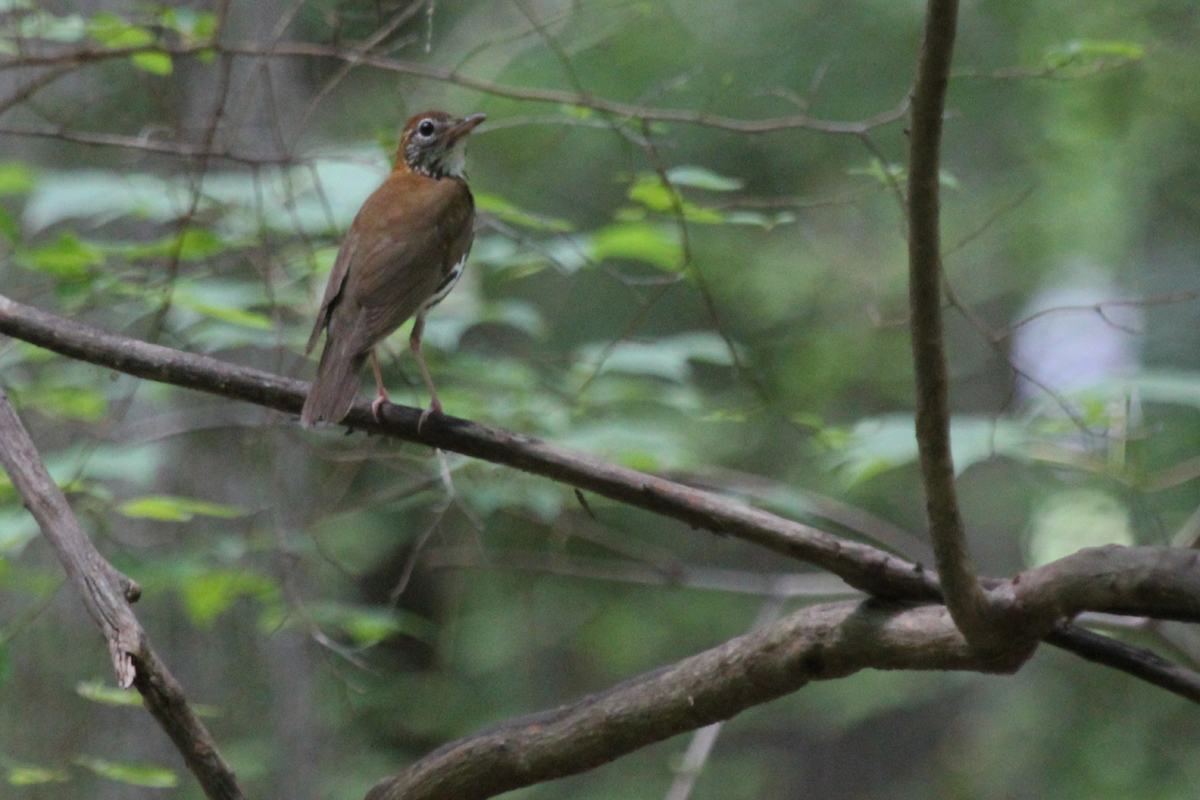


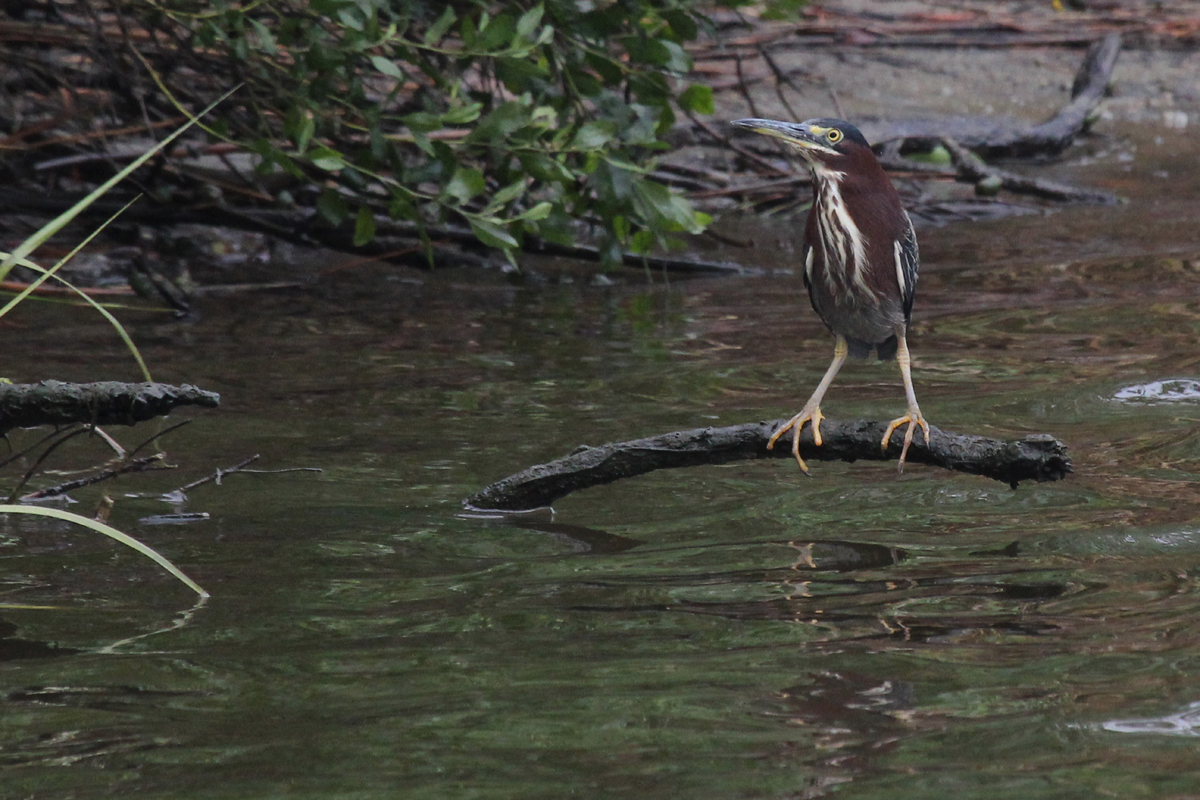
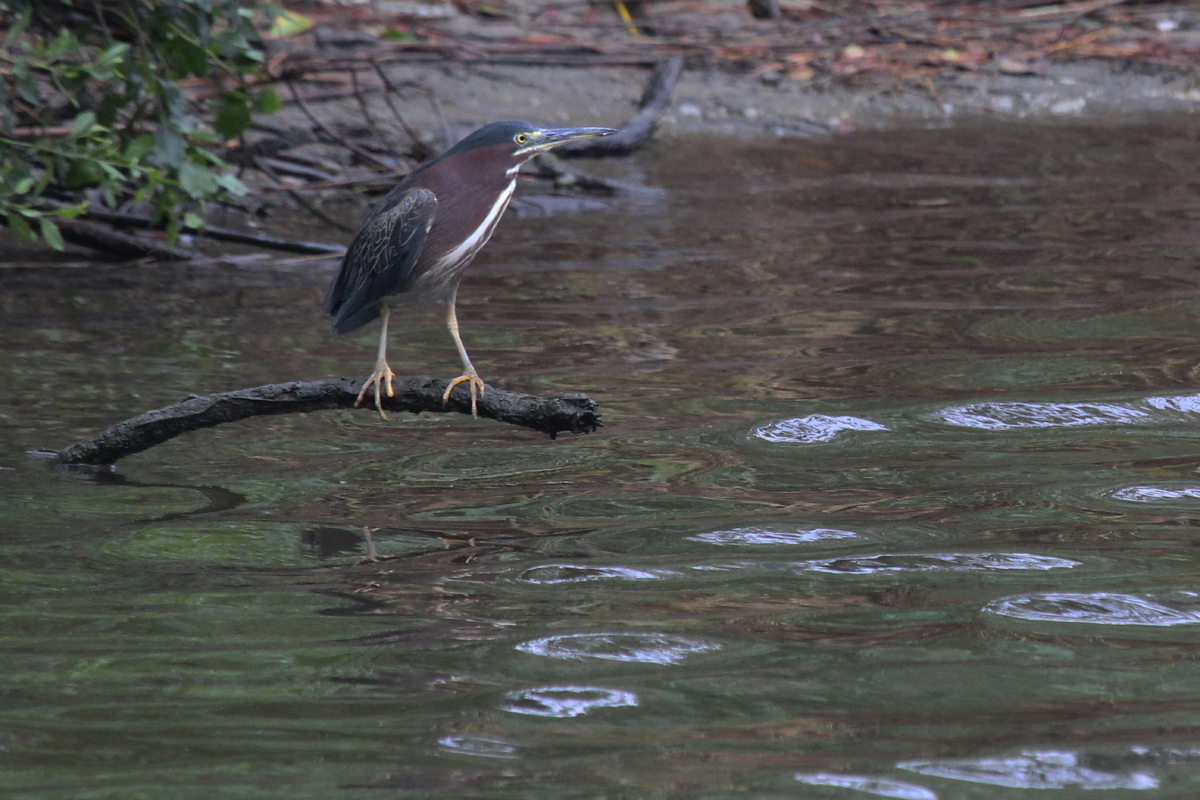



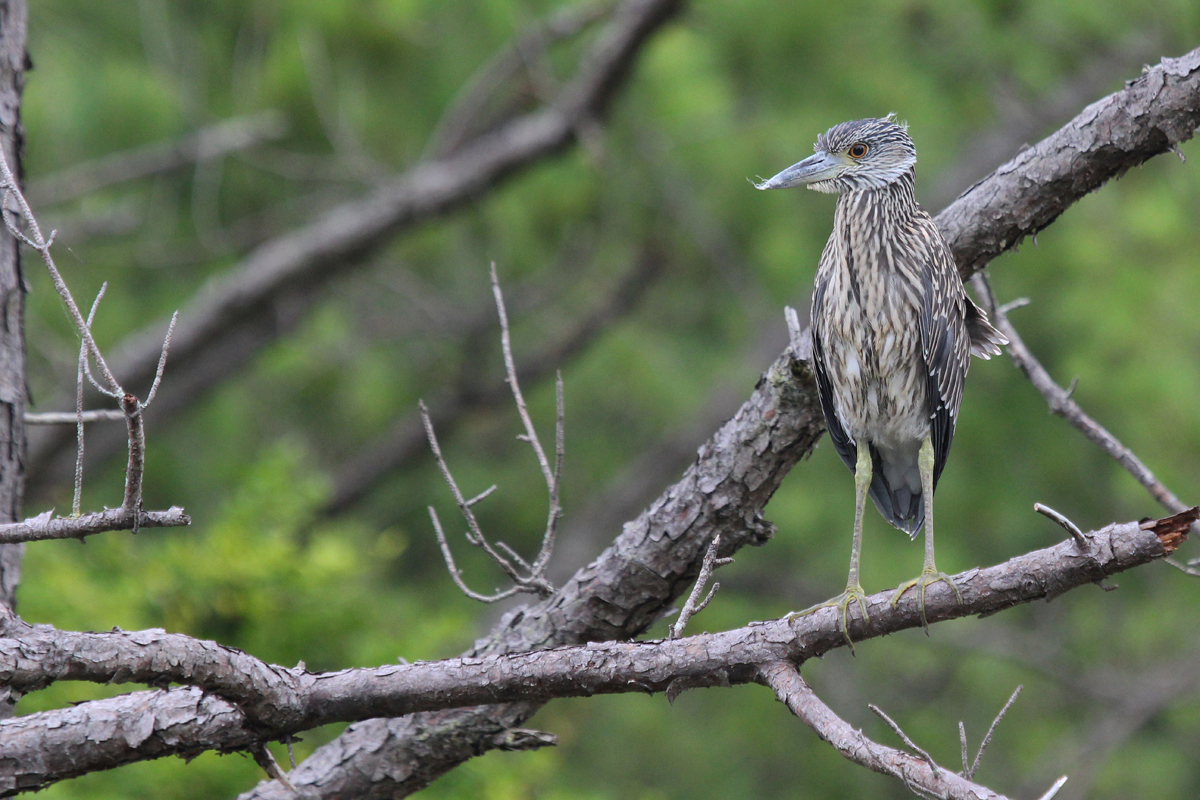
With north winds, and several areas of suitable habitat suddenly available, the shorebird fall migration got off to a grand start this period with several exciting arrivals! The first SPOTTED SANDPIPER of the fall was photographed on 1 Jul near a dock on Lake Tecumseh (ph. Mary Catherine Miguez) during a kayak outing. While we did have two individuals recorded during June, these were likely birds that stayed put rather than late spring or early fall migrants. By the very end of June, we start seeing the true southbound migrants, so this fellow was right on time. The next to be observed occurred a few days later, also a first year bird, at Back Bay NWR on 7 Jul (ph. Rob Bielawski). Early for the species, three BLACK-BELLIED PLOVERS were also observed at Back Bay NWR on the freshly drained C Storage Pool on 7 Jul (obs. Andrew Baldelli). With an average arrival date of 15 Jul, this was the only of our truly early arrivals for the period. With typical arrival dates of 5 Jul, GULL-BILLED TERNS observed over the ocean from 85th Street Beach on 5 Jul (obs. Andrew Baldelli) were exactly on time. Showing very thick black bills, and a fully black cap, these birds are often confused with distant Sandwich Terns, so it is important to note these features while viewing. The yellow tip of a Sandwich Tern’s bill often becomes invisible at a distance, and the ‘missing’ tip can make the bill appear shorter and stockier than it truly is. Just a word of caution when it comes to separating the two species! Two other first-of-fall arrivals occurred inside their average expected arrival date of 5 Jul, with two flocks of SHORT-BILLED DOWITCHERS total 13 individuals observed on the mudflats off Pleasure House Point NA on 7 Jul (obs. Rob Bielawski) and individual LEAST SANDPIPERS popping up on 8 Jul at Back Bay NWR (ph. Rob Bielawski) and also at Princess Anne WMA’s Whitehurst Tract later in the morning (also ph. Rob Bielawski).
Breeding bird observations were still going strong through early July and the 2nd Virginia Breeding Bird Atlas has continued to steam ahead with full momentum! Scattered breeding bird confirmations were photographically documented around the city this period as follows: a recently fledged RED-WINGED BLACKBIRD at Back Bay NWR on 1 Jul (ph. Rob Bielawski); an adult EASTERN BLUEBIRD feeding young at Ashville Park on 1 Jul (ph. Cindy Hamilton & June McDaniels); recently fledged TUFTED TITMOUSE at Stumpy Lake NA on 1 Jul (ph. Rob Bielawski); an adult NORTHERN CARDINAL carrying nesting material at Back Bay NWR on 2 Jul (ph. Charlie Bruggemann); recently fledged MALLARDS at Marina Shores on 2 Jul (ph. June McDaniels); recently fledged PROTHONOTARY WARBLER at First Landing SP on 4 Jul (ph. June McDaniels); recently fledged CLAPPER RAILS at Pleasure House Point NA on 5 Jul (ph. Charlie Bruggemann); an adult NORTHERN MOCKINGBIRD carrying food on Dinwiddie Dr. on 7 Jul (ph. Rob Bielawski); adult PURPLE MARTINS feeding young on 8 Jul at Back Bay NWR (ph. Mary Catherine Miguez) and a nest with young OSPREYS on 10 Jul at Seatack North Park (ph. Laura Mae). Keep up all the great work Atlasing folks, and please remember, if you have any questions regarding the project, please check out the 2nd Virginia Breeding Bird Atlas Website, the official Atlas Facebook Page, or the Facebook Group for more information!

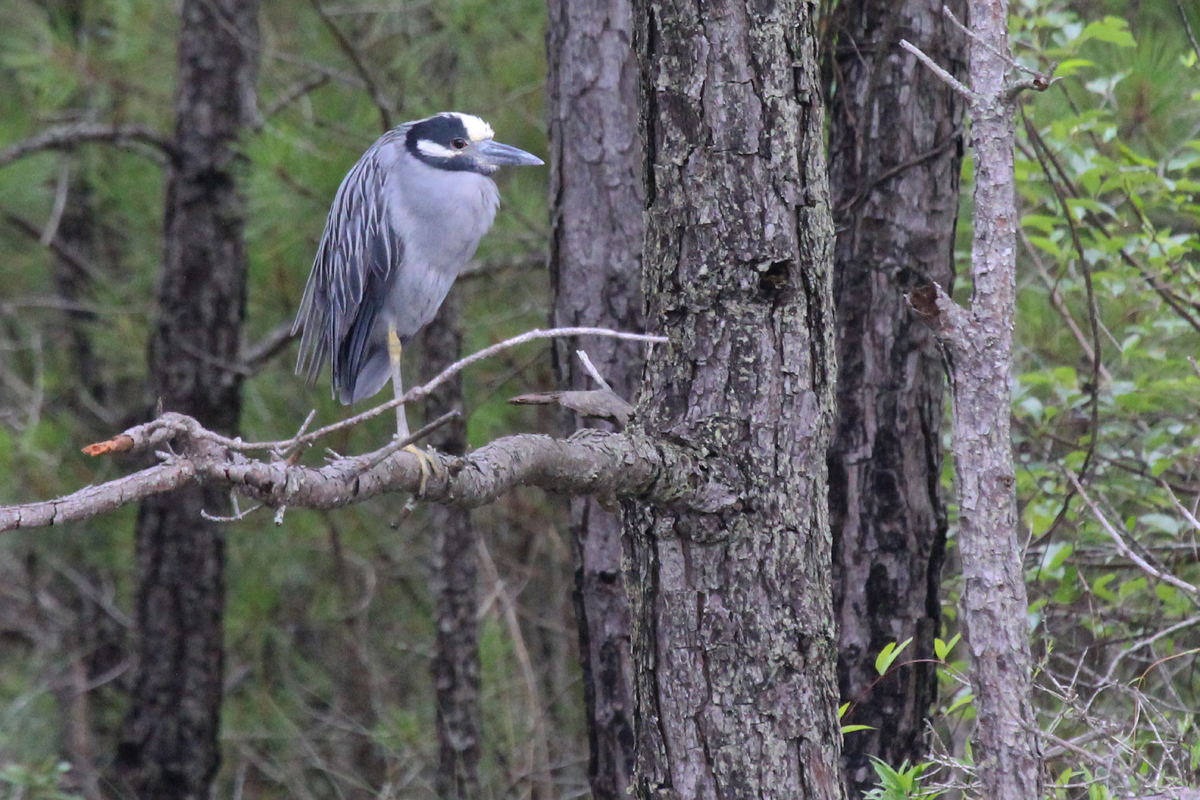
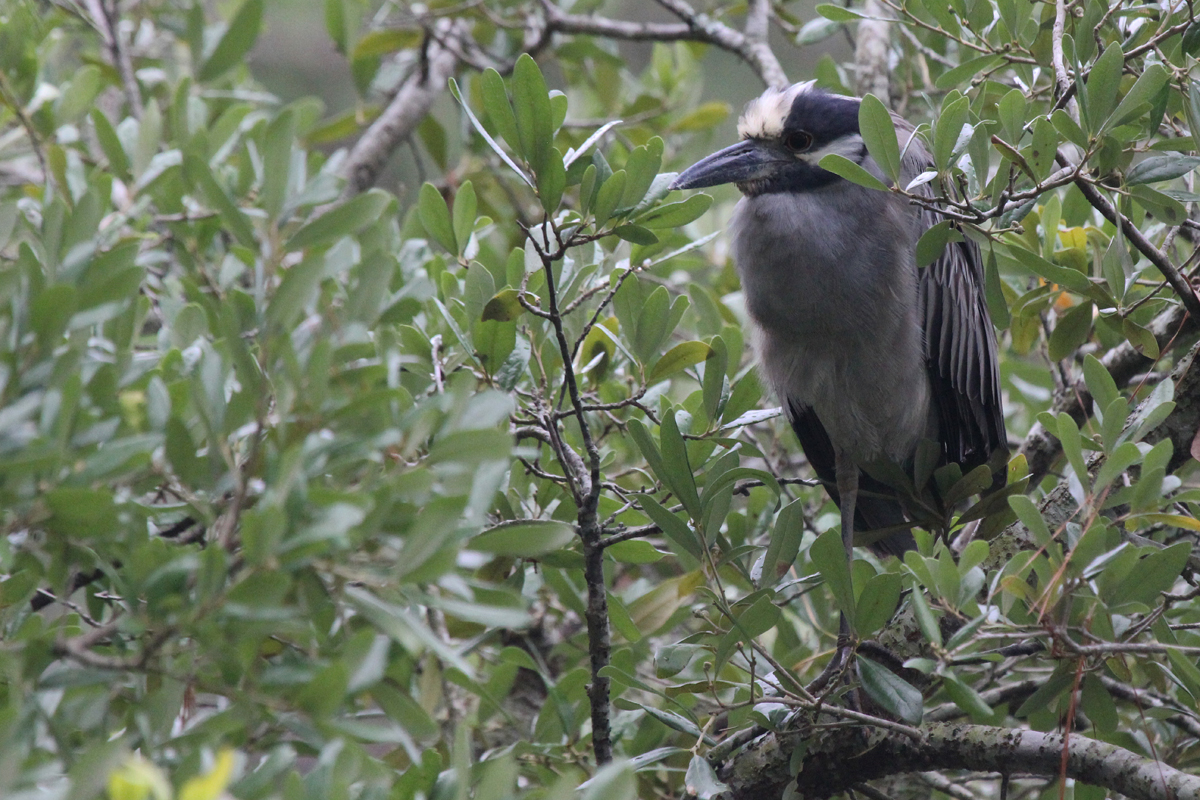


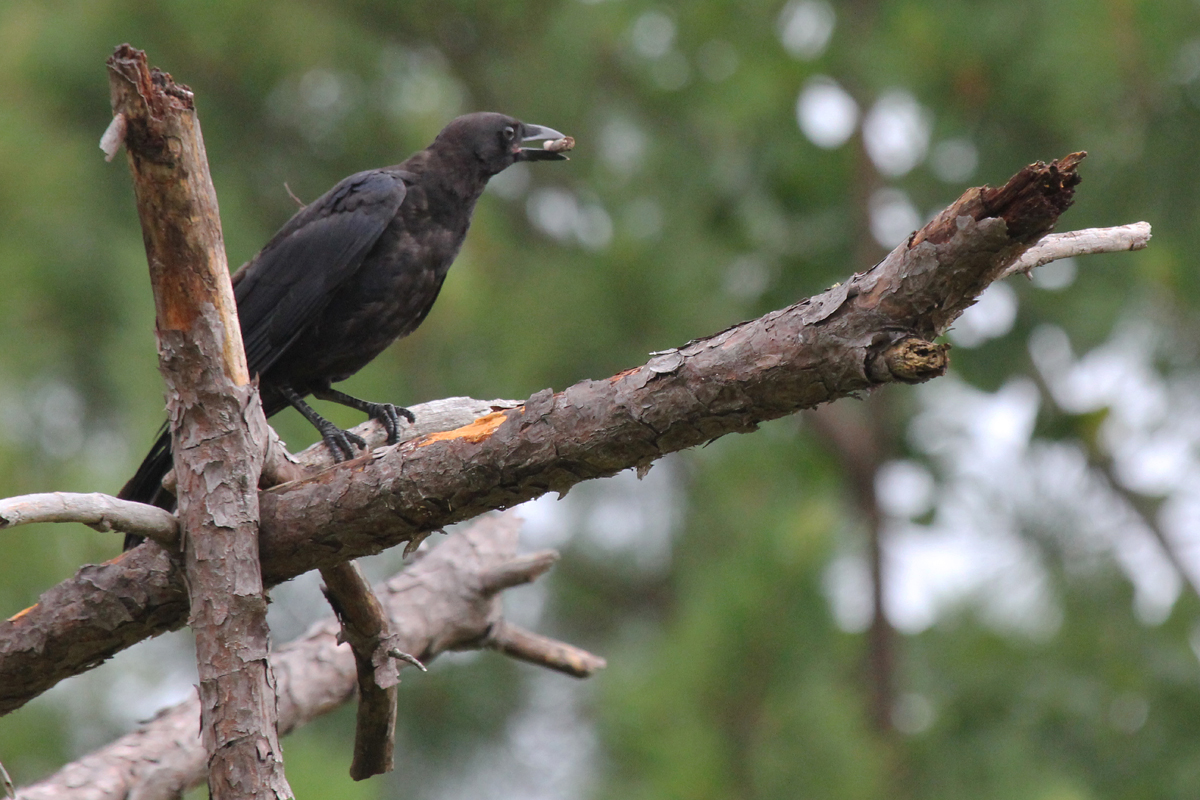
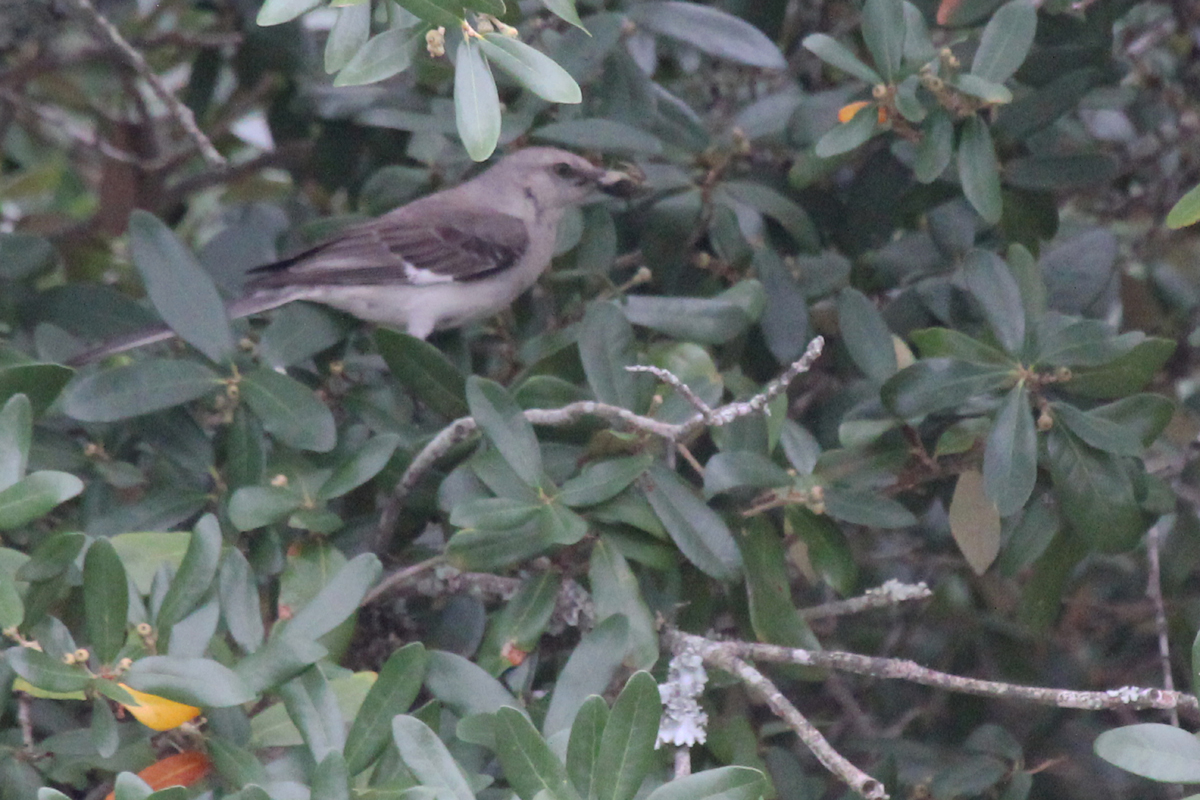
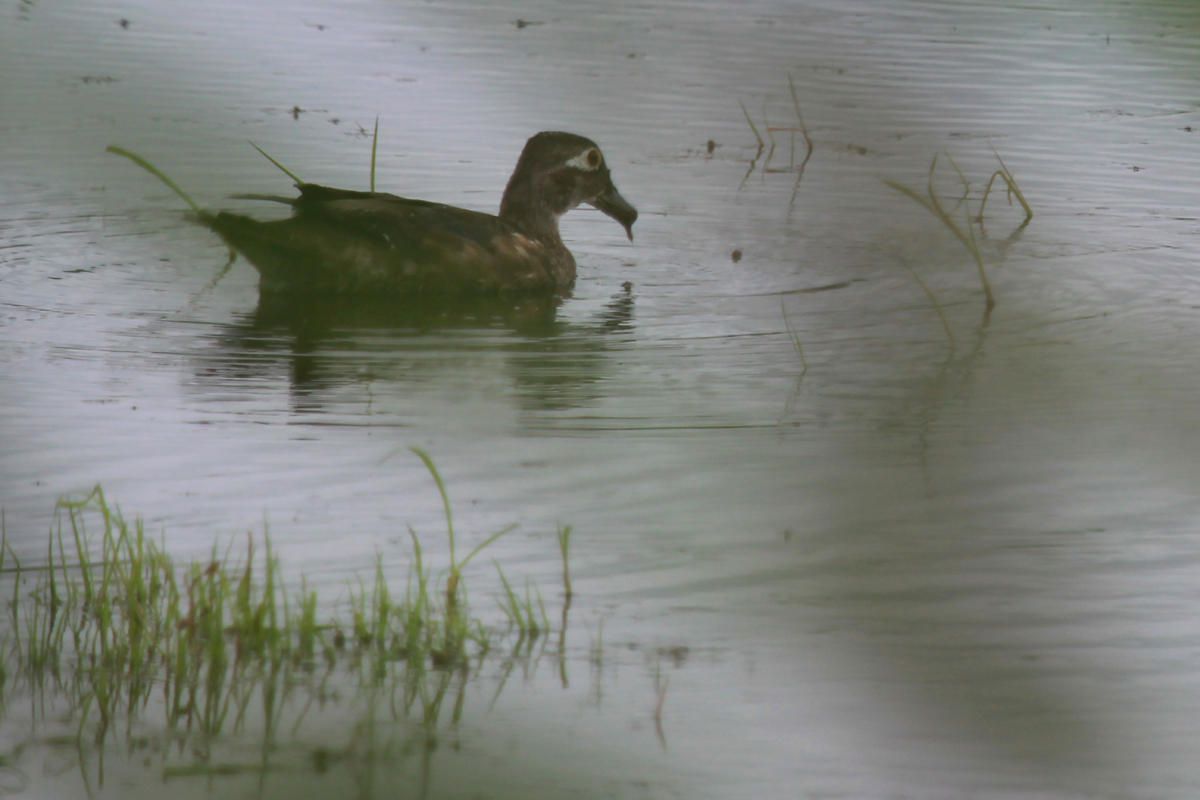
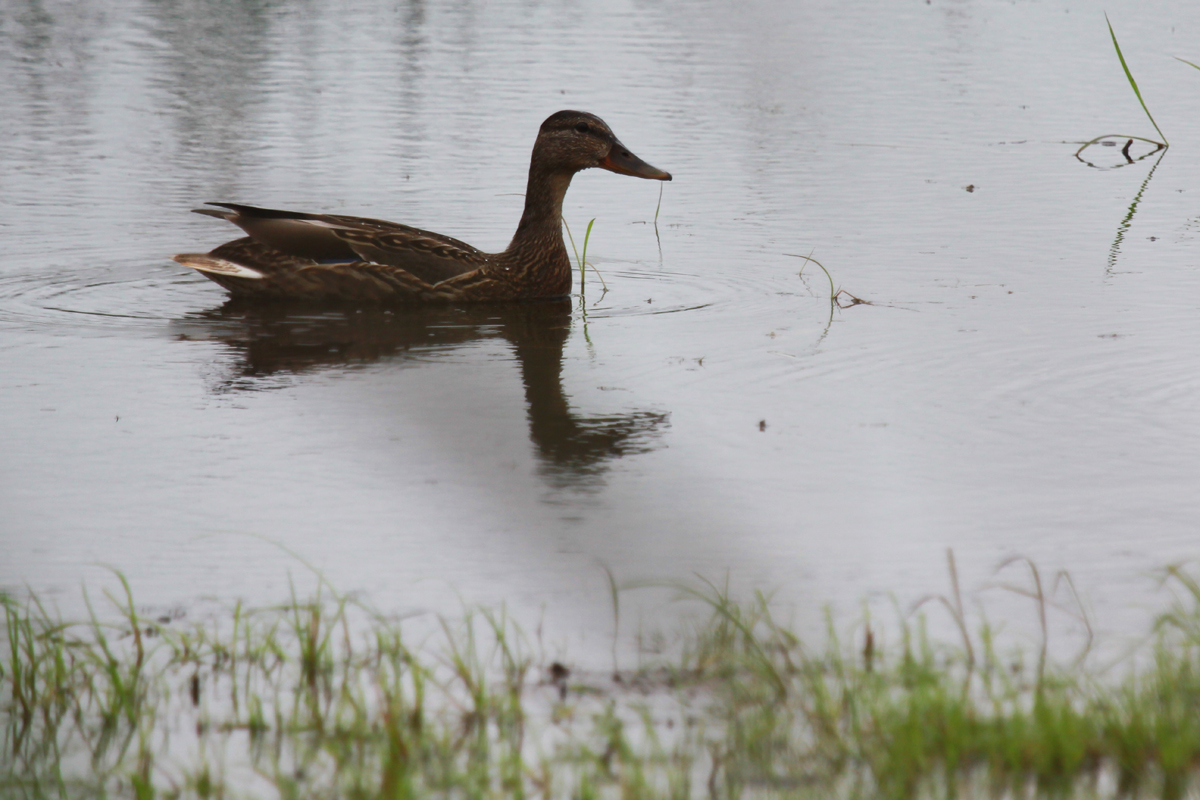
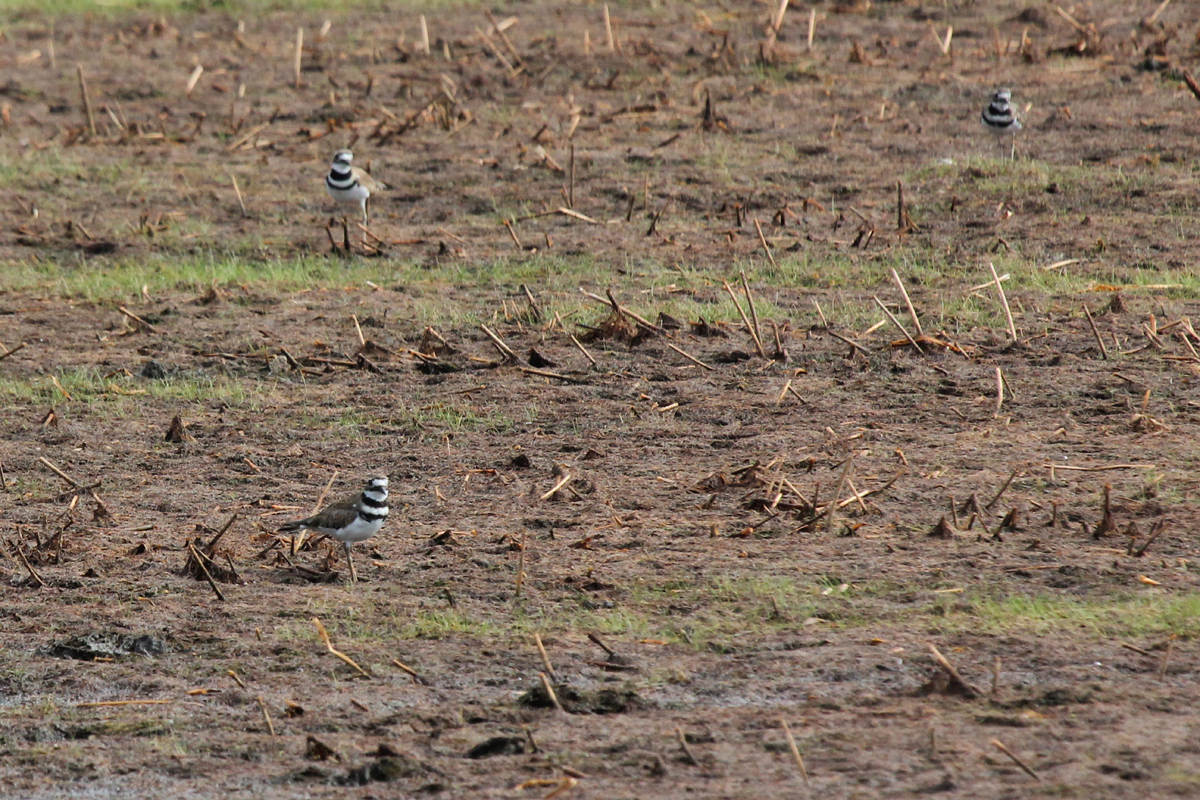
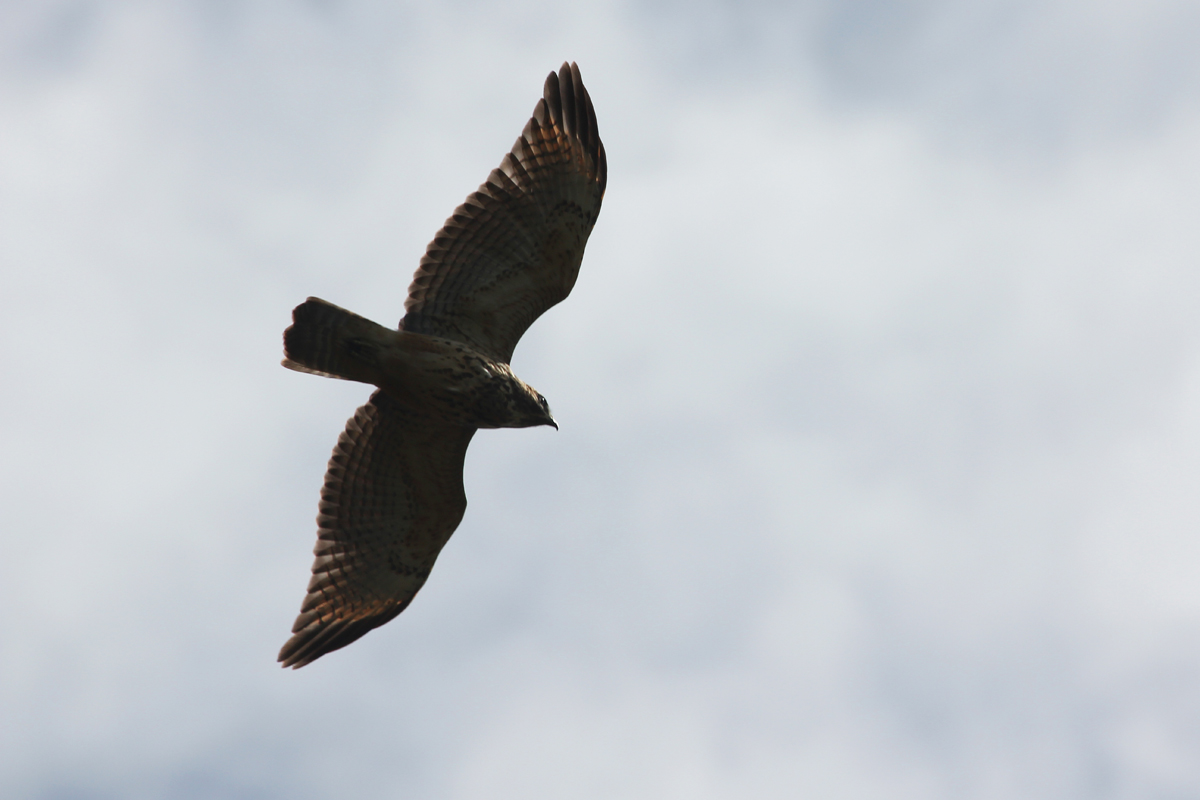
WEATHER: Picking up right where late June left off, extreme heat and humidity blanketed the early half of the reporting period, but thanks to a cold front and our proximity to a tropical cyclone (Hurricane Chris as of this writing), the latter few days of the period boasted much cooler than average temperatures and very dry air, a true blessing at this point in the summer season. Over all, average daily high temperatures dropped 1.5° from 87.1° F to 85.6° (-2.5° from prior 10-year average), with average daily low temperatures also falling, 1.9° from 72.4° to 70.5° F (-1.6° from prior 10-year average). Daytime temperatures ranged from a minimum of 57° F (10 Jul) to a maximum of 91° (1, 2 & 6 Jul). Interestingly, the low temperature of 60° F on 9 Jul was a new record low temperature on this date at Oceana NAS’ weather station. A total of 0.71” of rain fell during the period, spread across three days with measurement amounts, with a maximum of 0.63” falling on Friday, 6 Jul. Maximum sustained winds at Oceana this period were 35 mph and gusts reached 49 mph (6 Jul) as a very strong cold front passed over the region. No significant tidal surge events (2’ or greater) impacted the Sewell’s Point tide gauge during this reporting period. However, the extended period of strong northeasterly winds associated with Hurricane Chris pushed a large volume of water into the Lynnhaven River and caused localized flooding. Additionally, the same windfield pushed a significant percentage of Back Bay’s water southward, revealing expansive mudflats and allowing for the draining of the C and C Storage Pools. Sunrise/sunsets varied from 5:49 AM/8:28 PM (1 Jul) to 5:54 AM/8:26 PM (10 Jul), which means we lost 7 minutes of daylight during this period with a total of 14 hours, 31 minutes of ‘Length of Day’ to close the period.
For those hoping to view every photograph submitted for Virginia Beach during this period, please see the complete listing for the month of July located on eBird’s Media explorer by clicking here! Please remember, anyone with an eBird account also has the ability to rate these photographs (1-5 stars), and based on the average rating, this is how eBird populates anything media-driven on the website, particularly the Illustrated Checklists! So, if you're one of the many folks who enjoy looking at photographs of birds, take some time to click them all and rate them, it helps make eBird better and better each day!
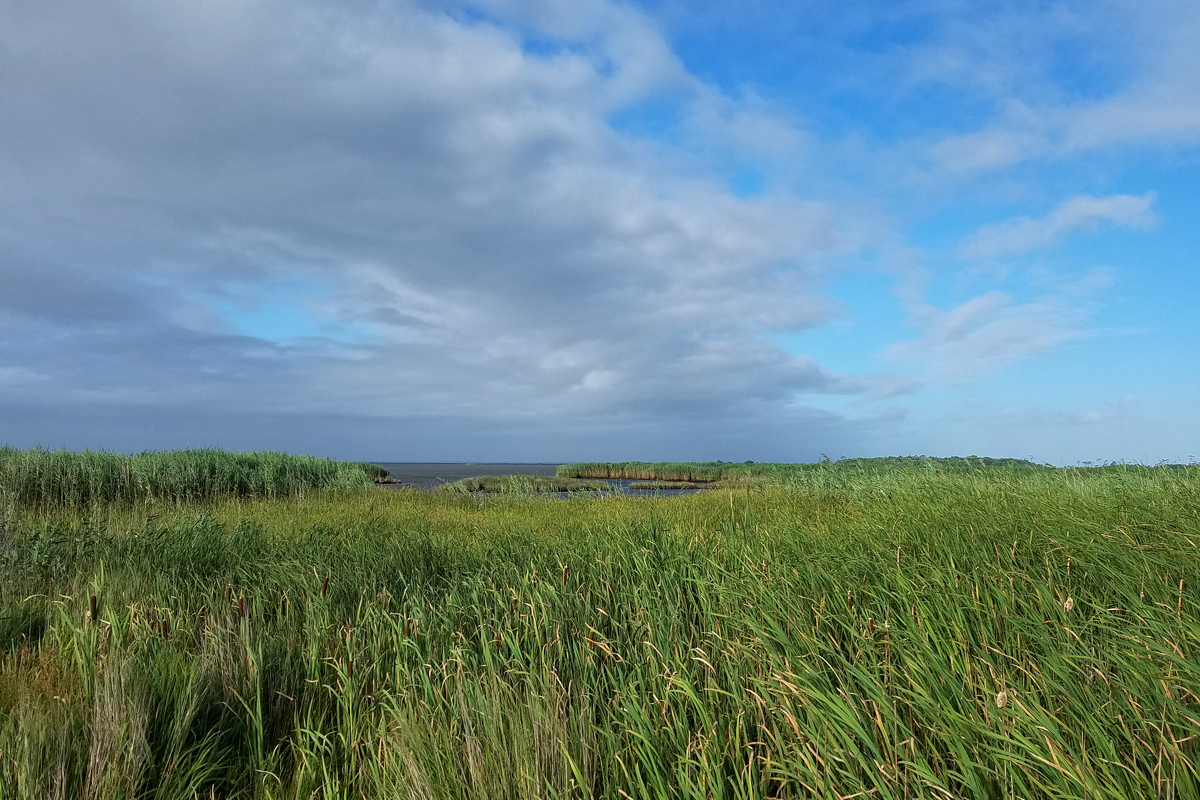

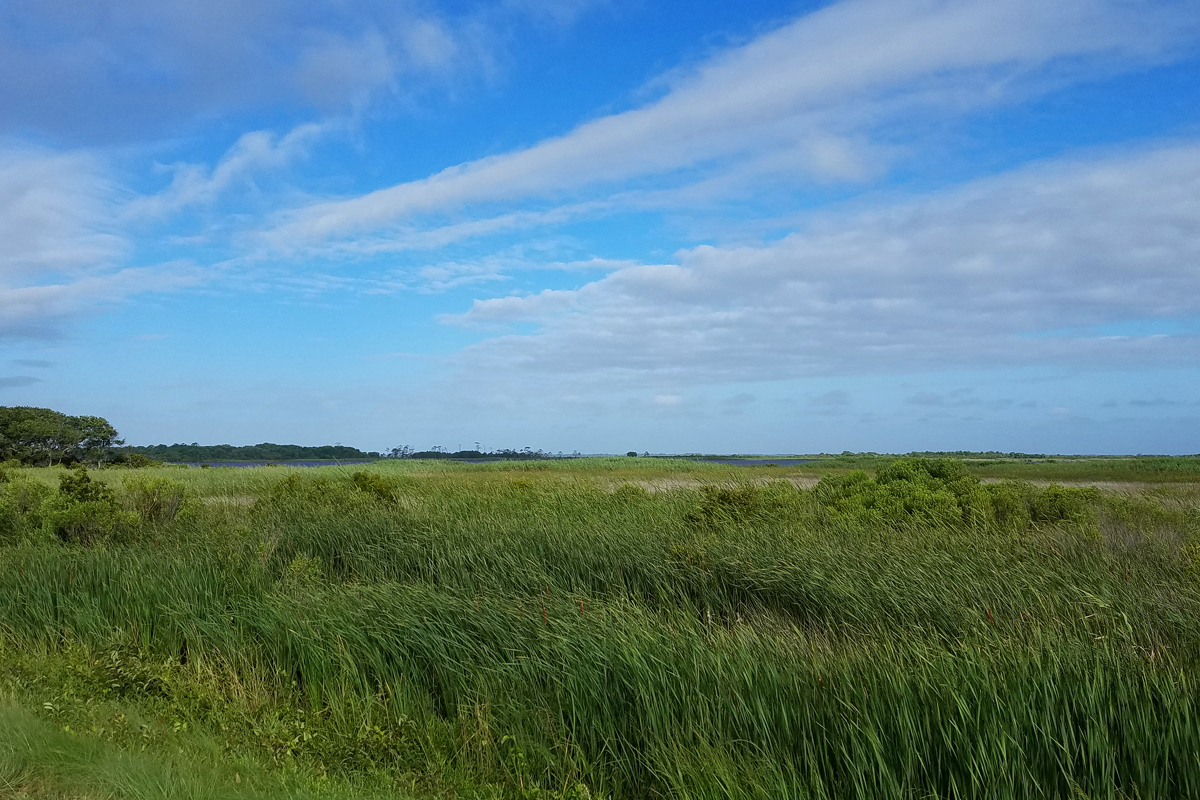
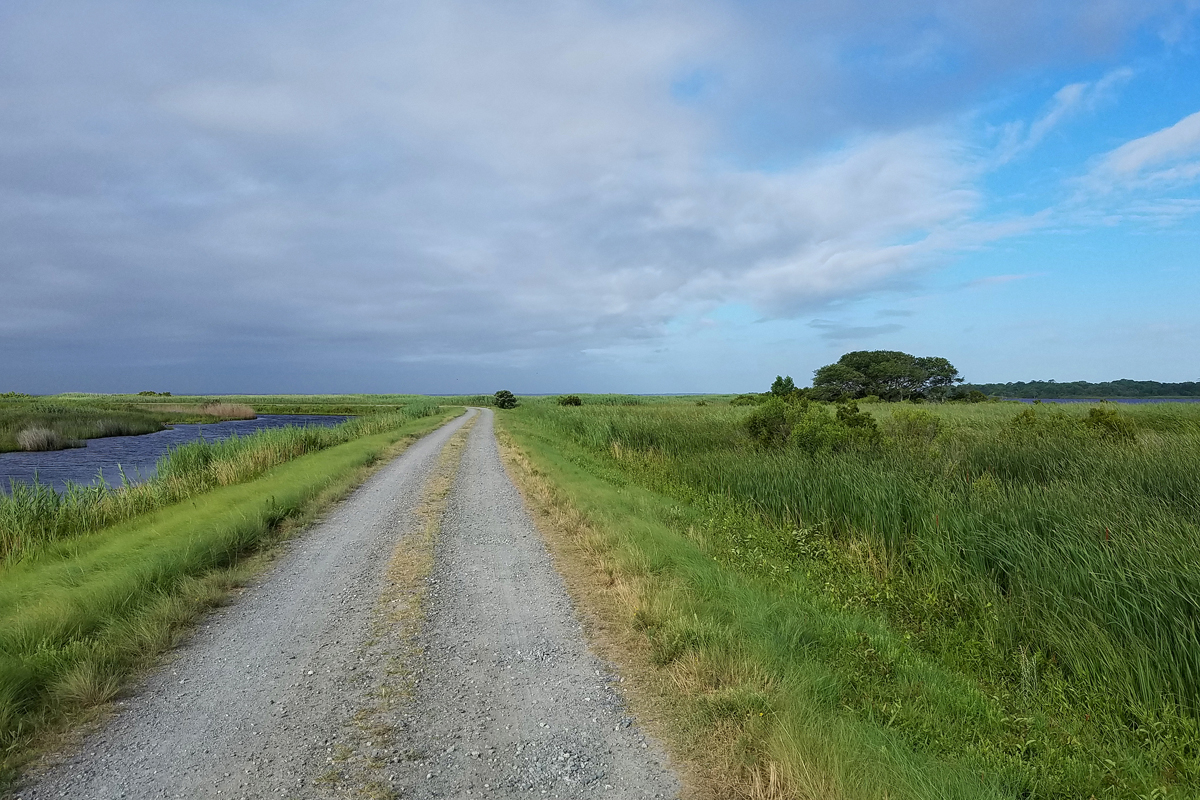
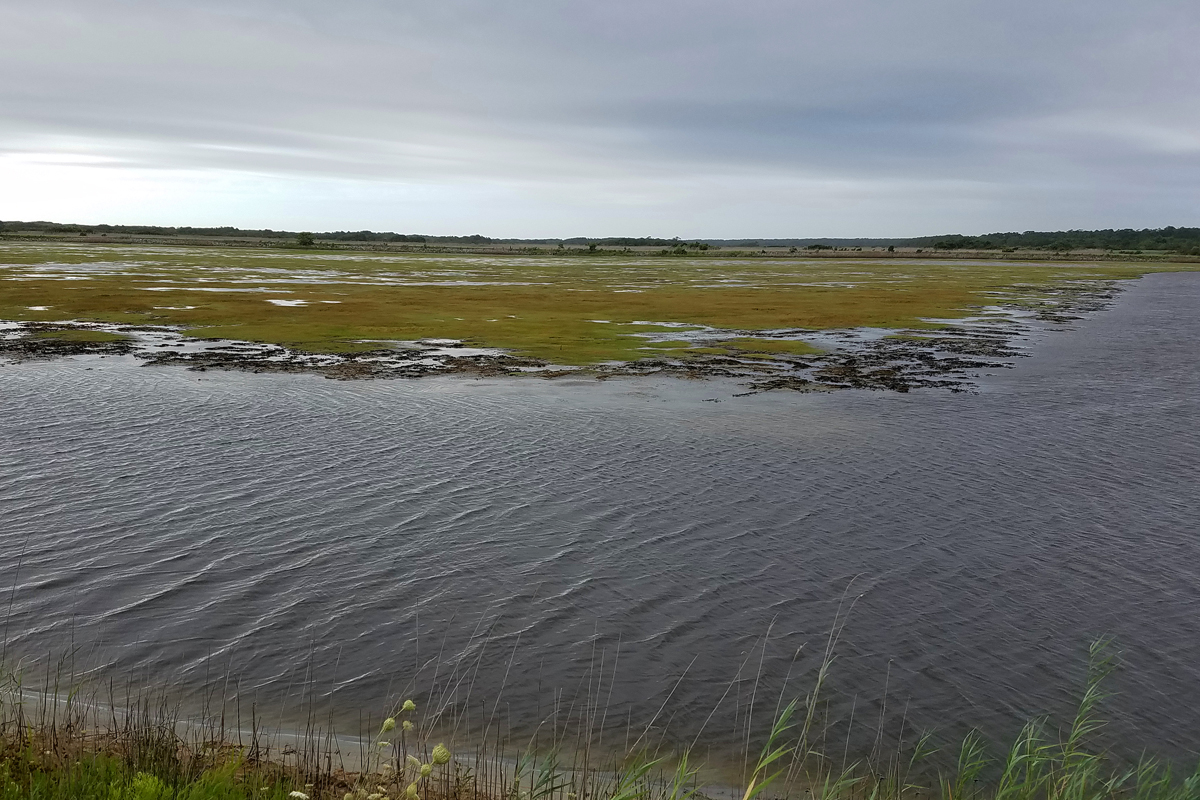
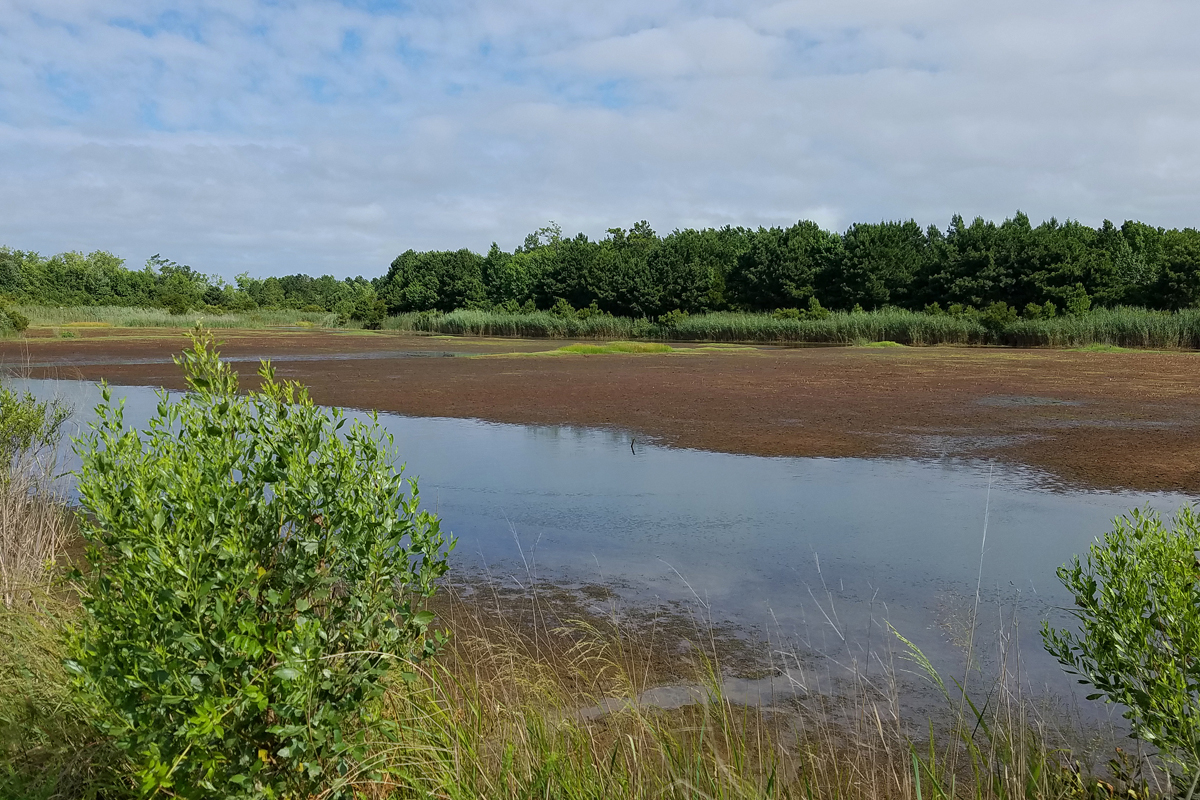
LOOKAHEAD: With the start of shorebird migration underway, we have new arrivals to look forward to each period from now through November and given we won’t start seeing species depart for a while, the overall diversity of birds will continue to rise moving forward. All of our summer breeding species are still present, but keep in mind that many of the songbirds will likely stop singing fairly soon (if they haven’t already) so it is best to try and log observations for birds like Acadian Flycatcher and Wood Thrush while you still can; they’re much harder to locate in the thick summer vegetation when they’re silent! With regard to annually expected fall arrivals, as of the reporting period close date, we have not yet logged first arrivals for WESTERN SANDPIPER, WHIMBREL, BLACK TERN, LESSER YELLOWLEGS & RUDDY TURNSTONE (all 10 Jul average expected arrivals), PIPING PLOVER & SEMIPALMATED PLOVER (15 Jul), RED KNOT, SOLITARY SANDPIPER, STILT SANDPIPER & PECTORAL SANDPIPER (20 Jul) and DUNLIN (30 Jul). Since passerines aren’t yet on the move, this month is truly dedicated to a search for shorebirds! The coastal beaches of First Landing SP, the Resort Area & North End, Little Island Park and Back Bay NWR, as well as any low-tide marshes like those at Pleasure House Point NA and flooded fields will become highly sought-after locations to search for shorebirds as we move deeper into July. Following days and nights with sustained northerly winds, the water levels in Back Bay NWR’s C Storage Pool will afford a perfect landing ground for shorebirds, and the northern cell in Princess Anne WMA Whitehurst Tract’s southern half is presently prime habitat (just remember to wear rubber boots here due to thick vegetation on the trails and a healthy population of Eastern Cottonmouths in the area).
Next Entry | Entry Index | Same Period Previous Year | Previous Entry
For further information regarding this thrice-monthly, online publication, please visit the Journal Overview Page which provides an in-depth explanation of the format, layout and composition of the journal. As always, thank you for reading, and please leave me a comment below (you may use your Facebook, Gmail or other accounts to easily do so), or just click the Heart icon to the lower right of this post to let me know you stopped in!